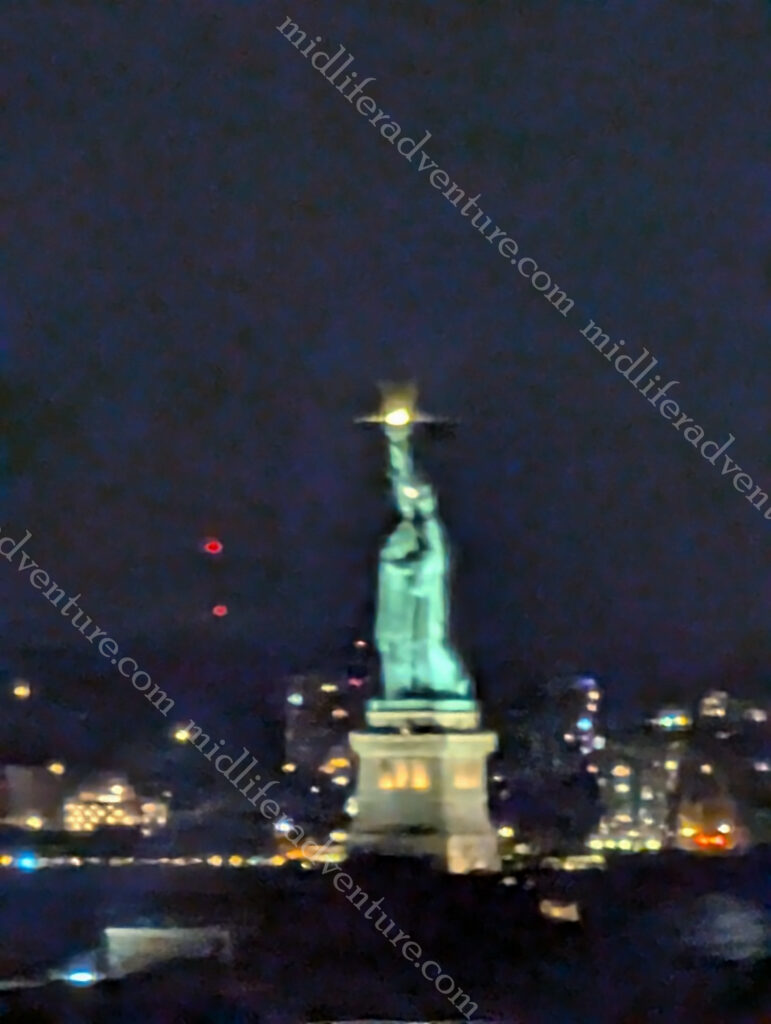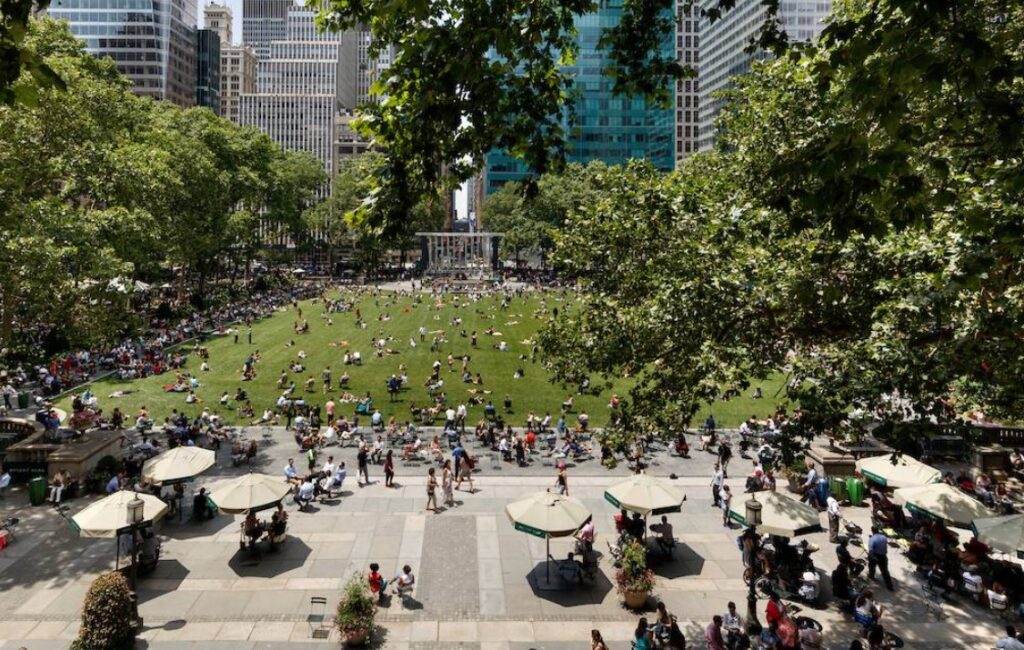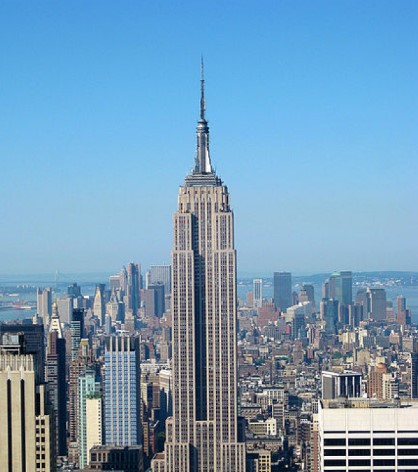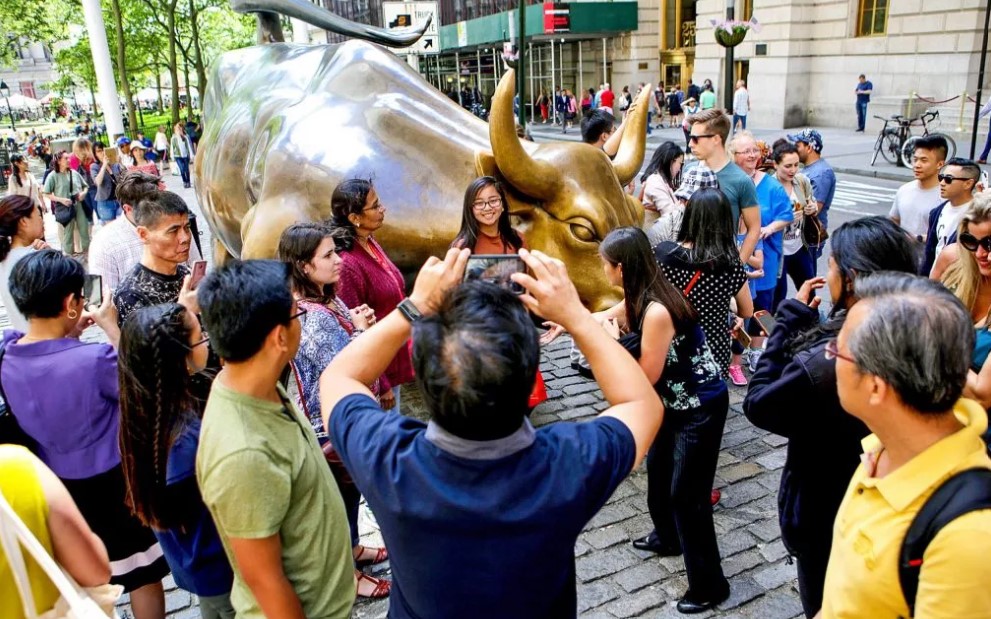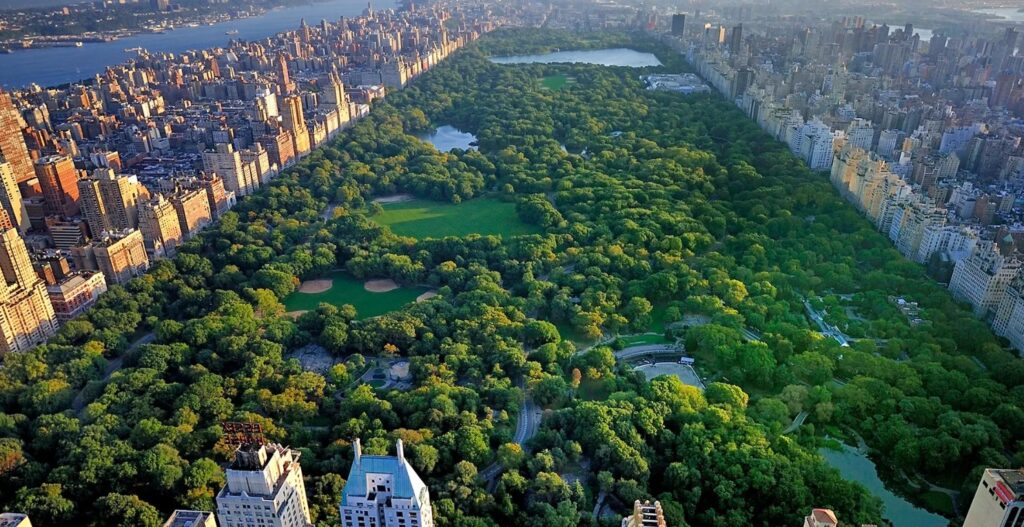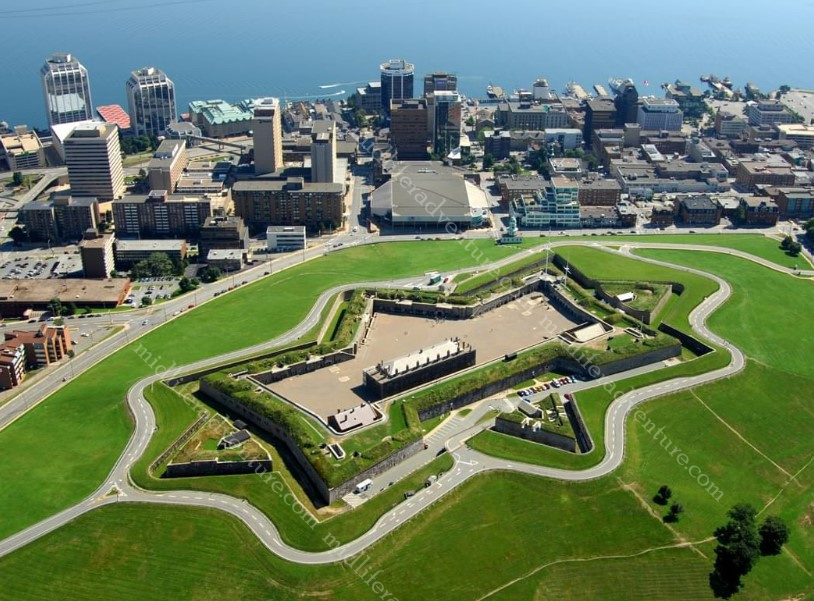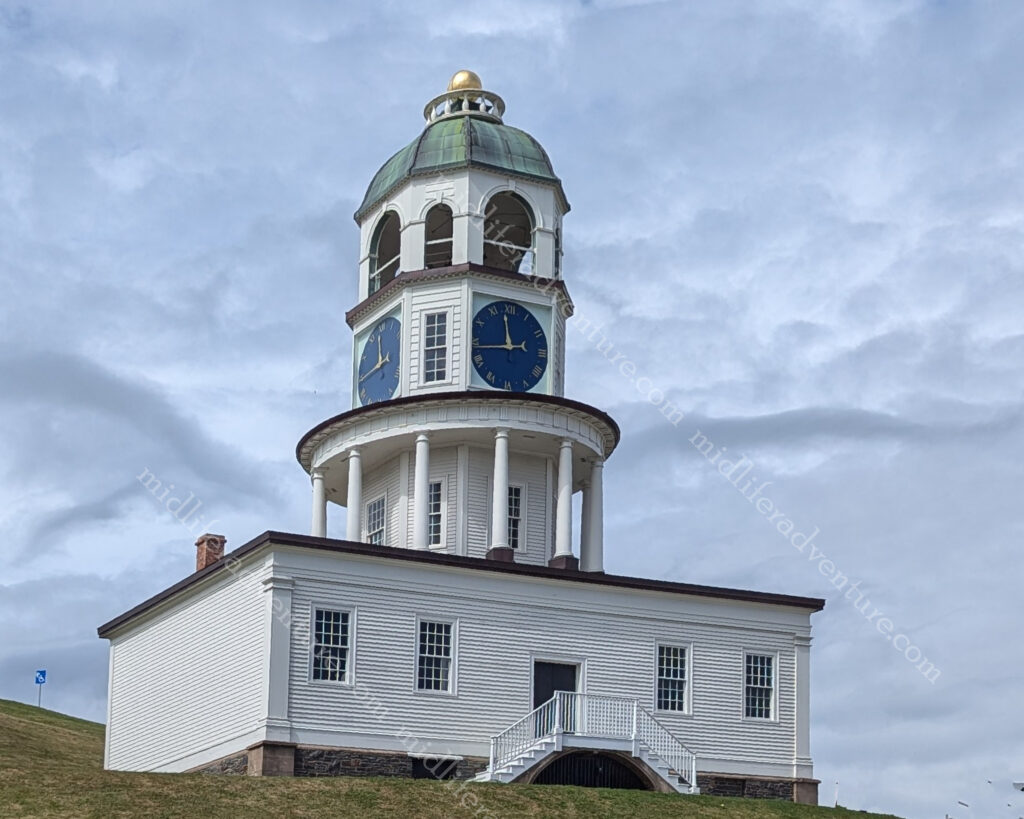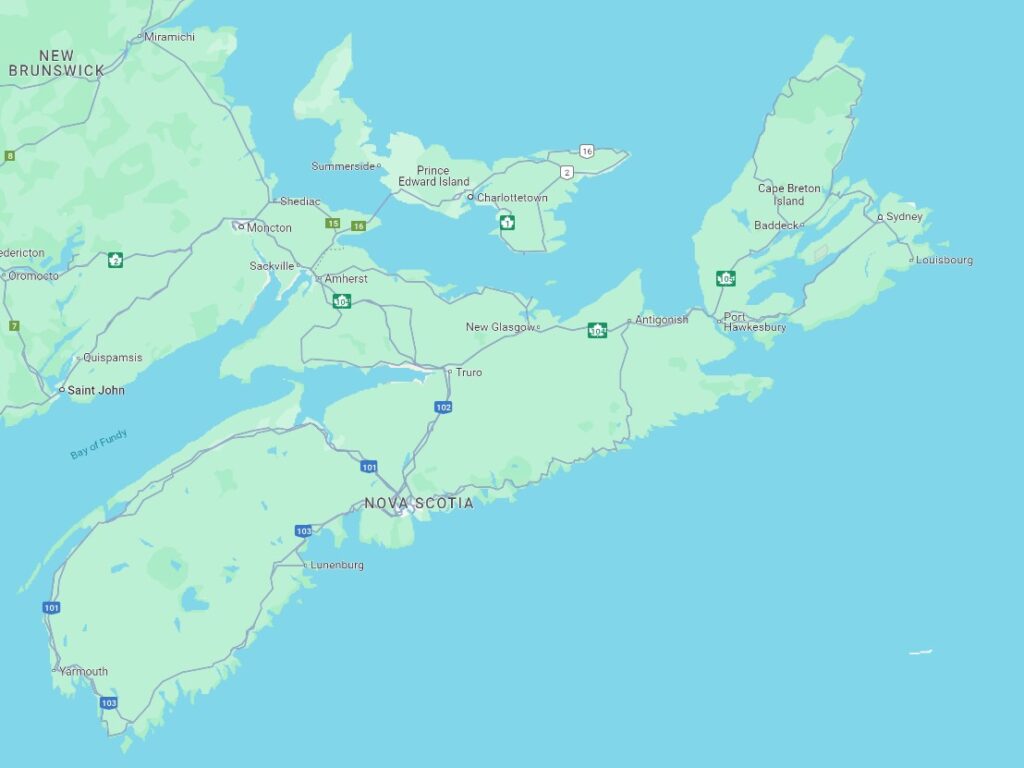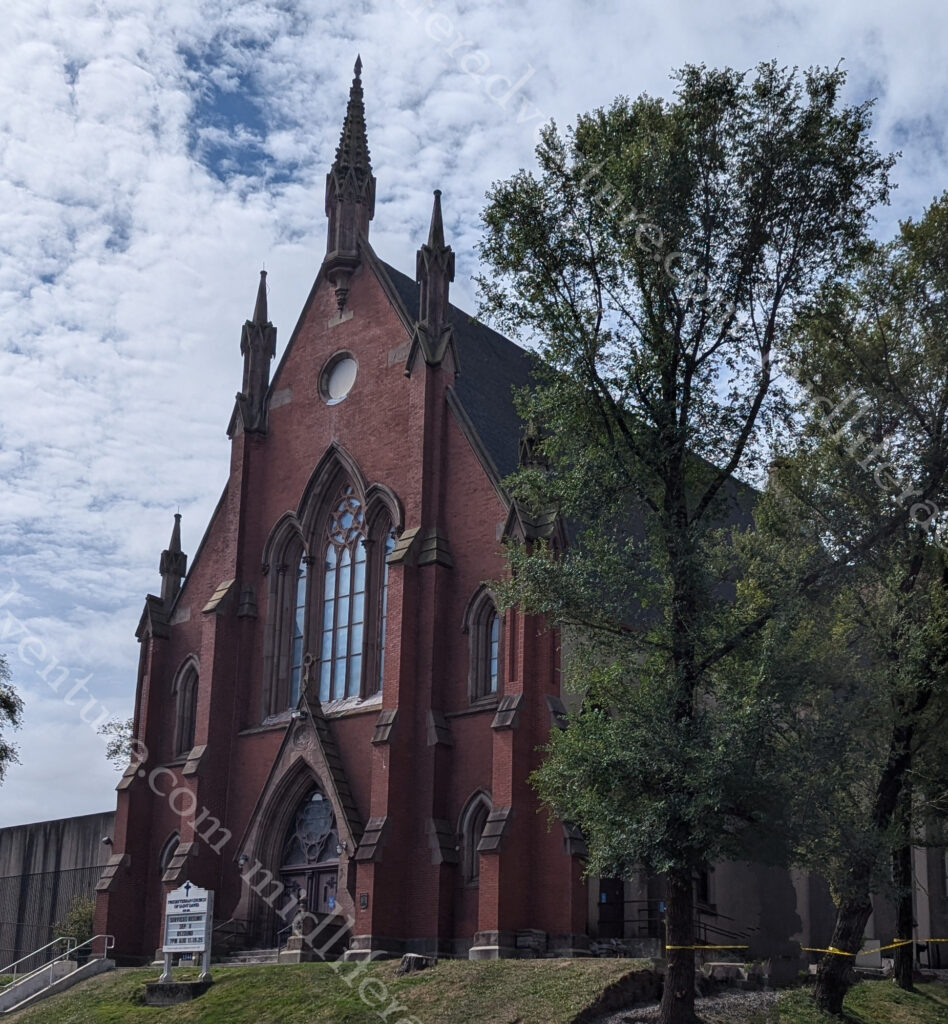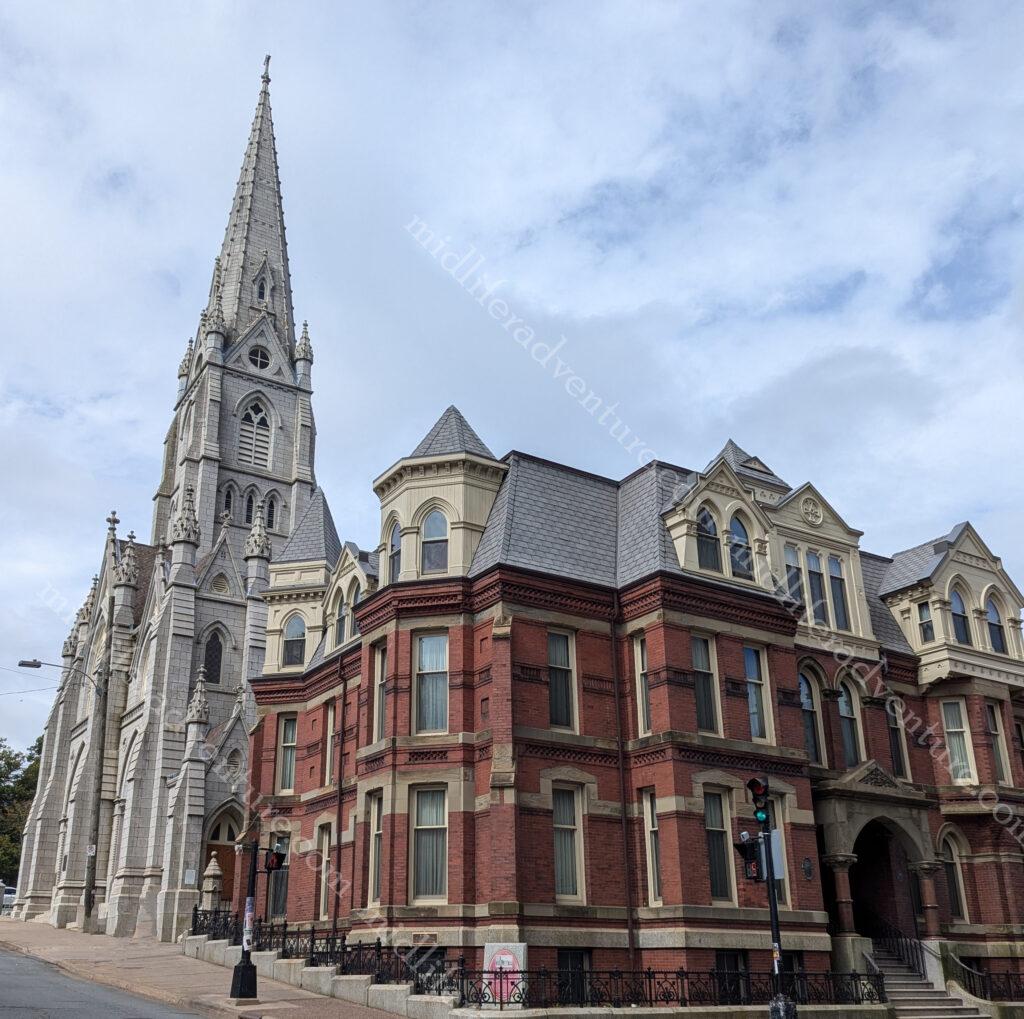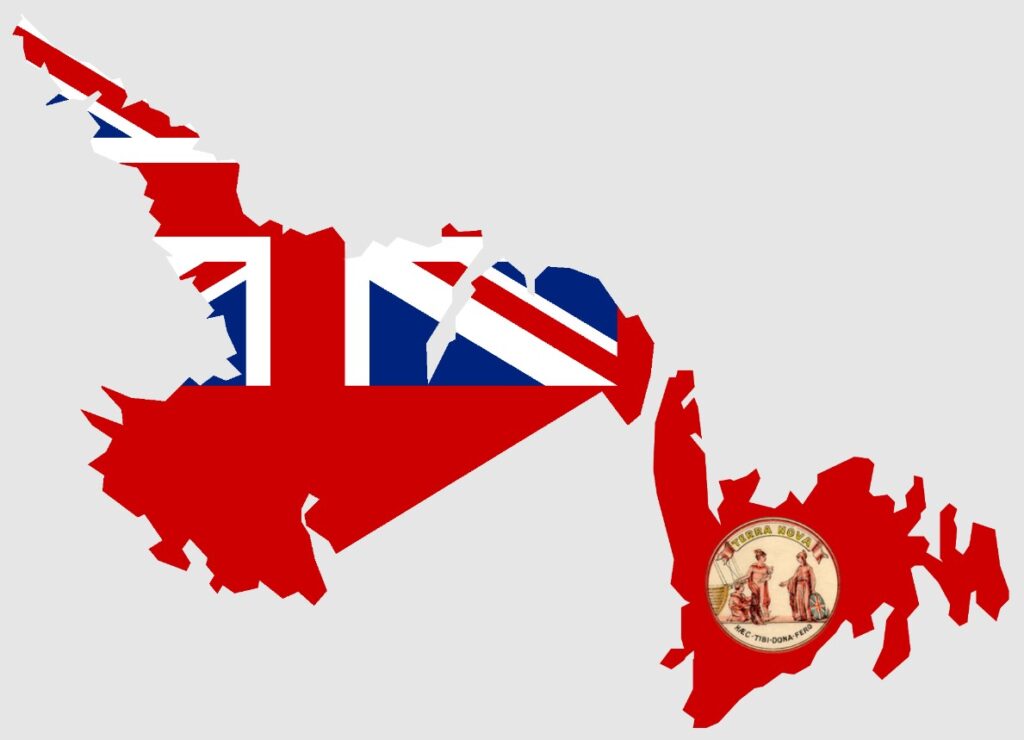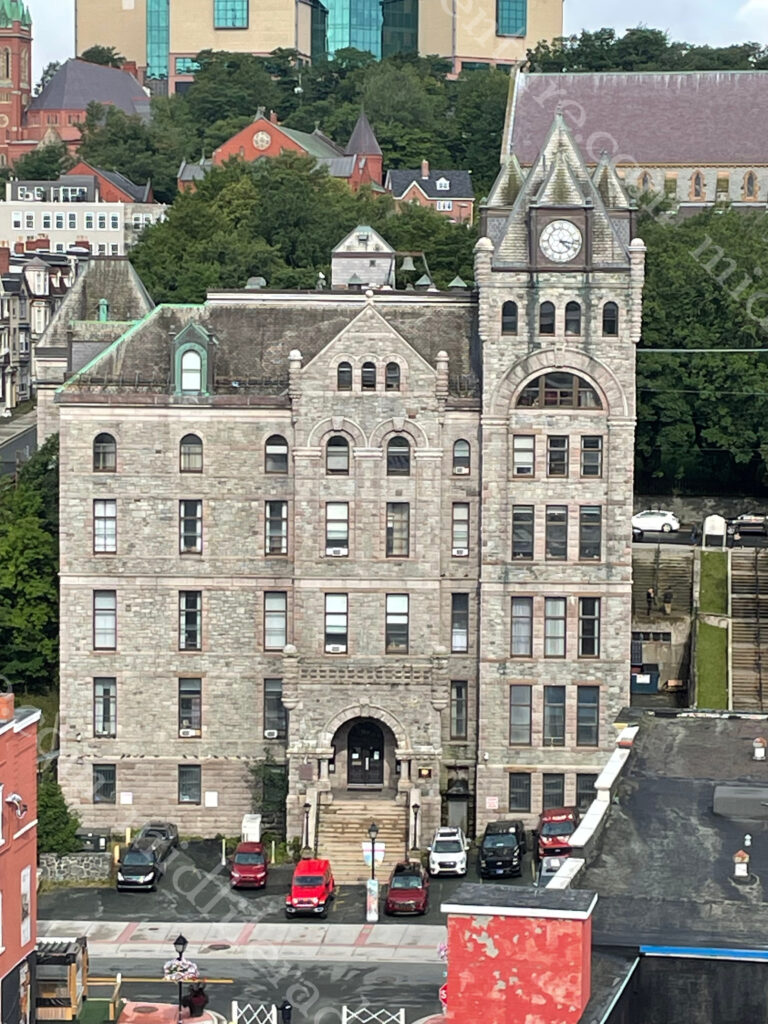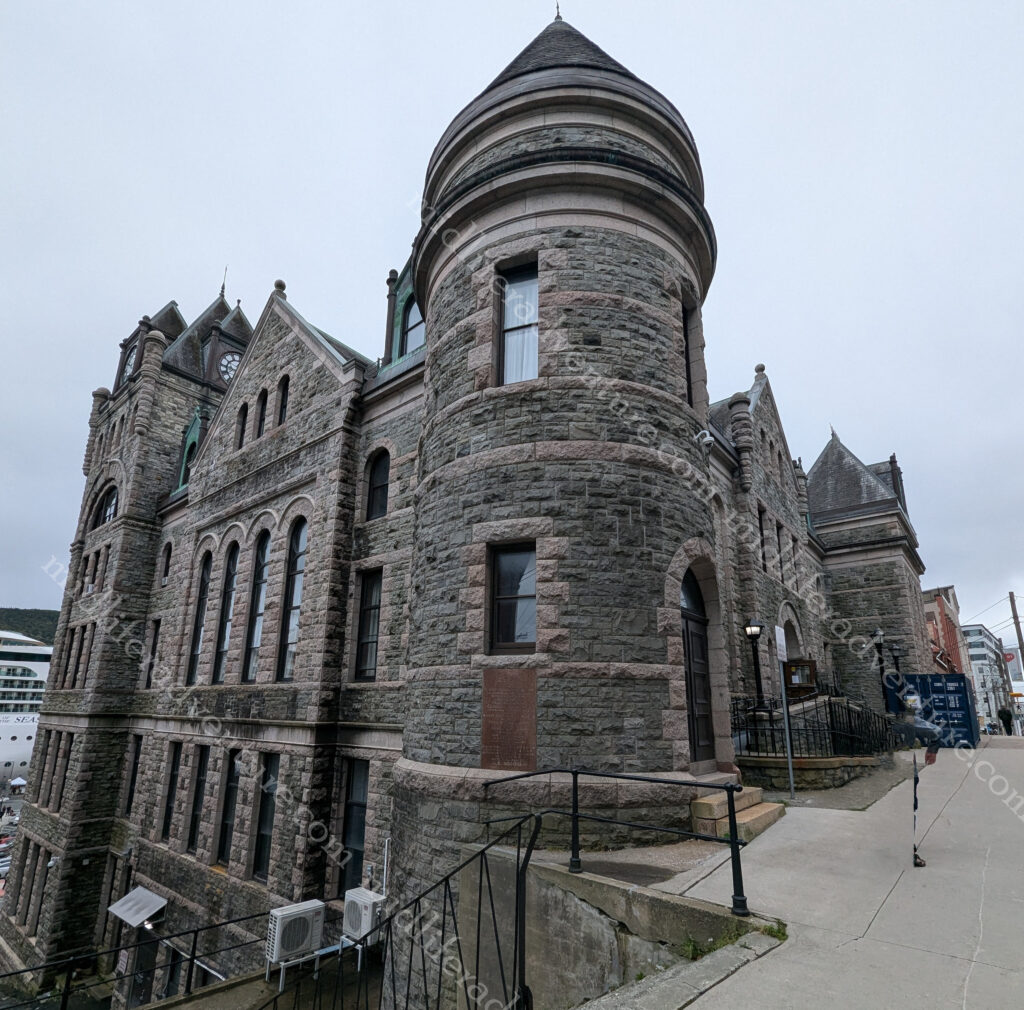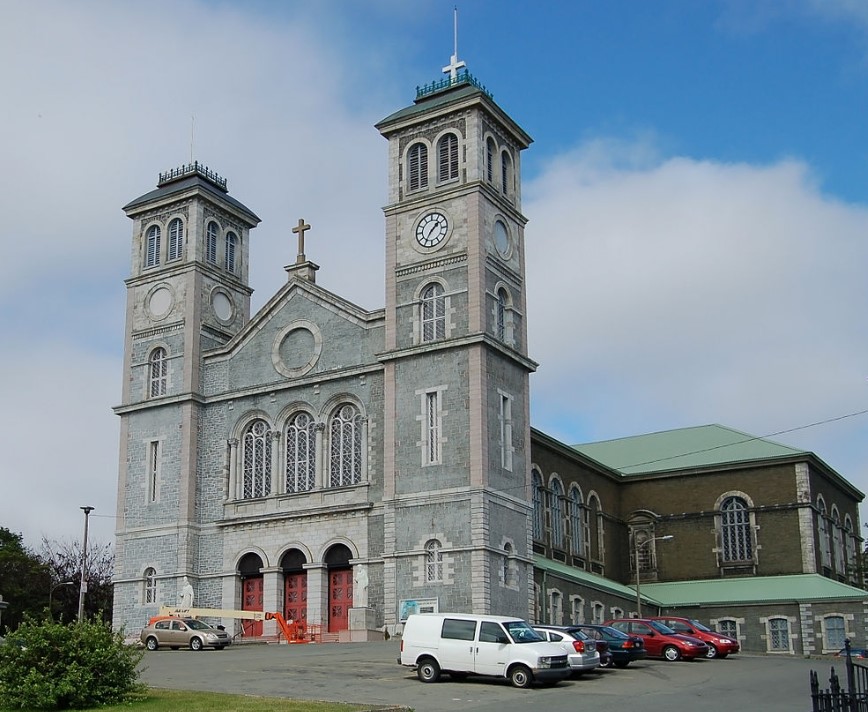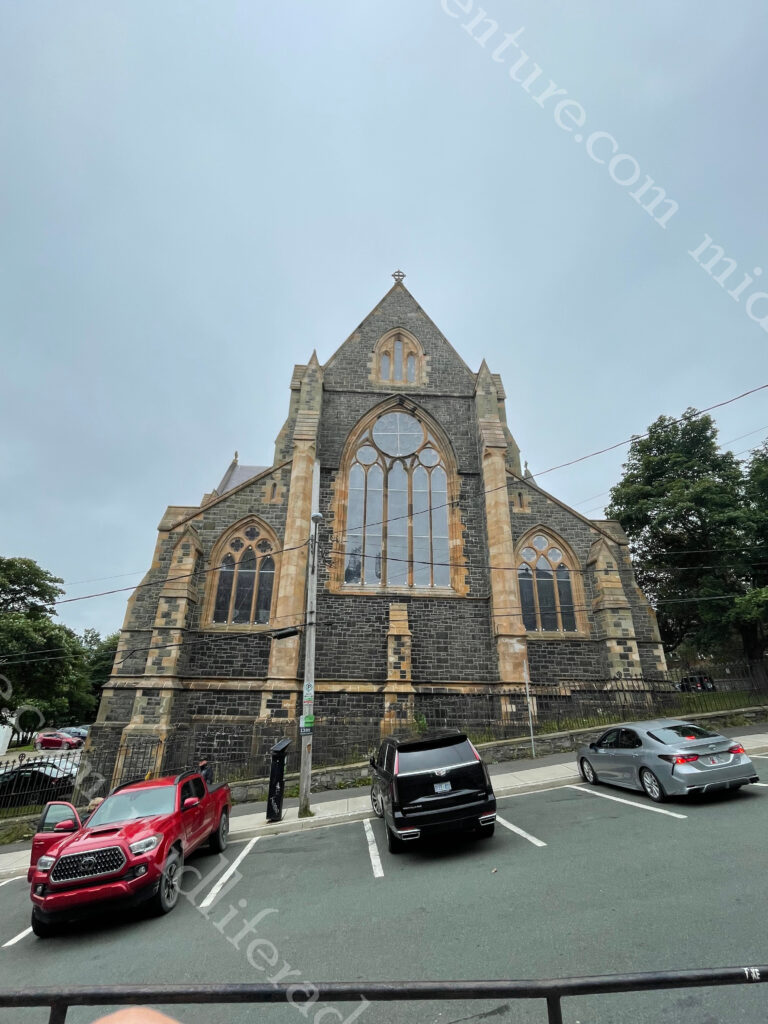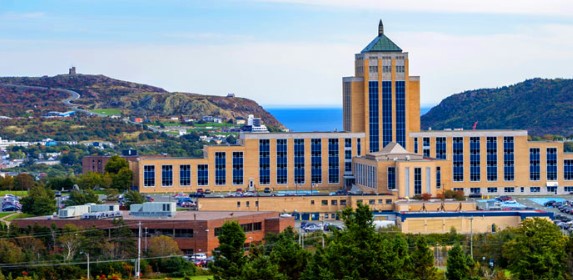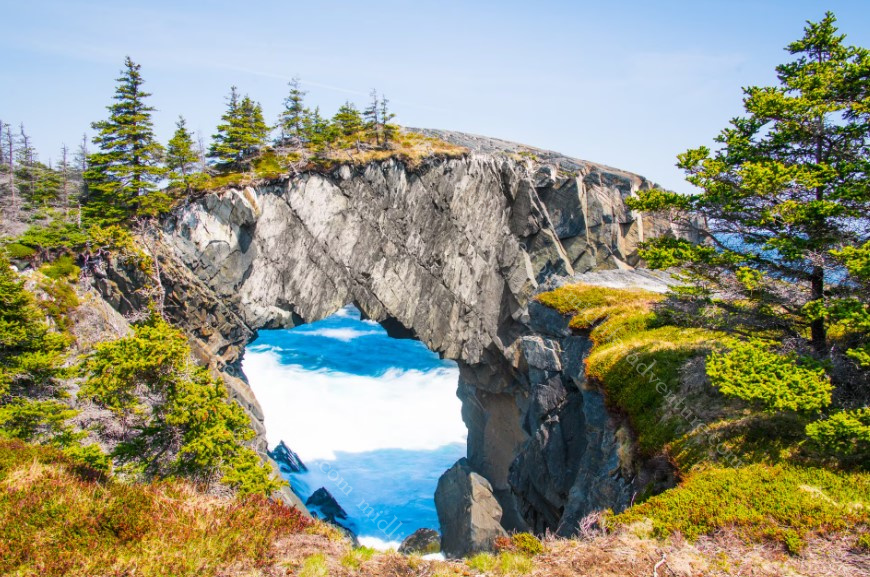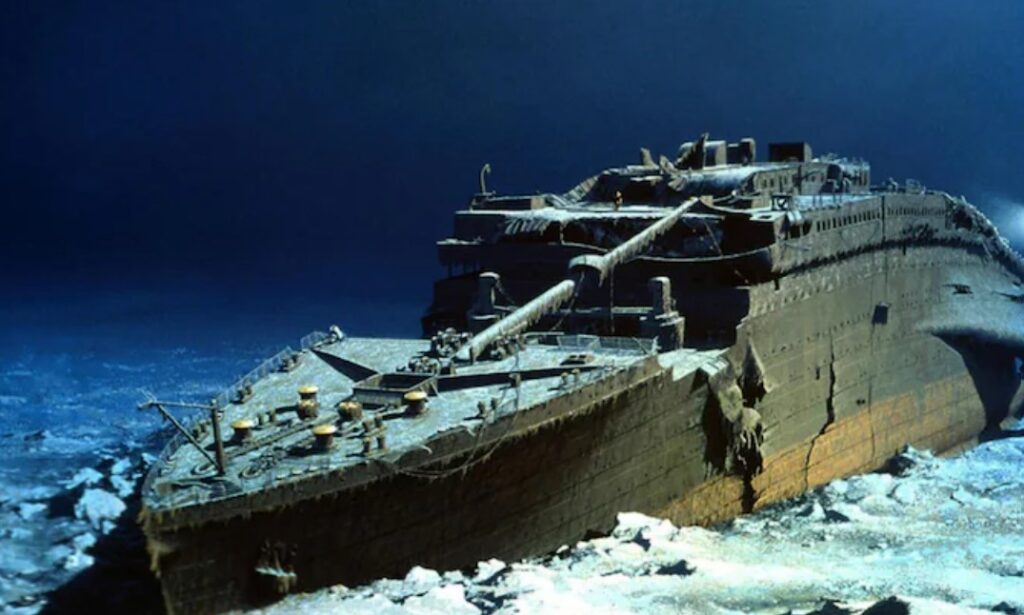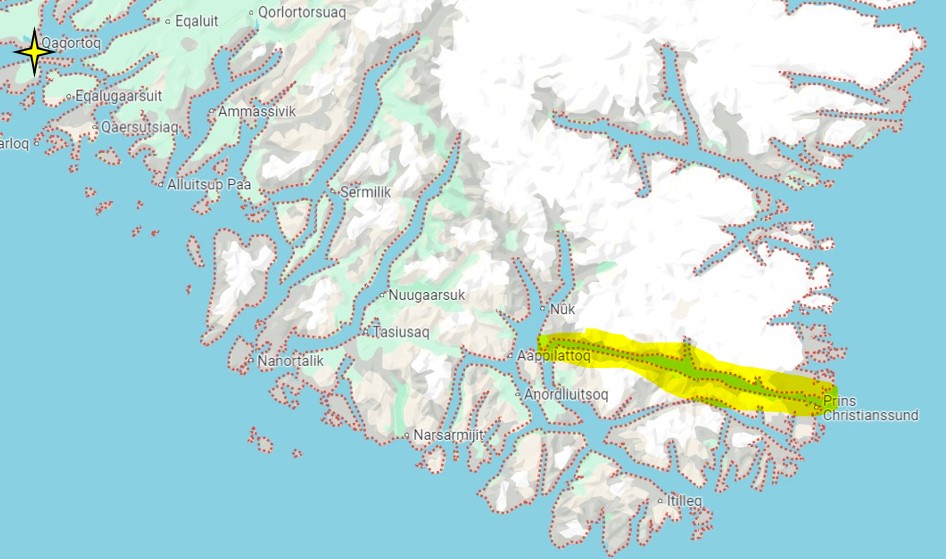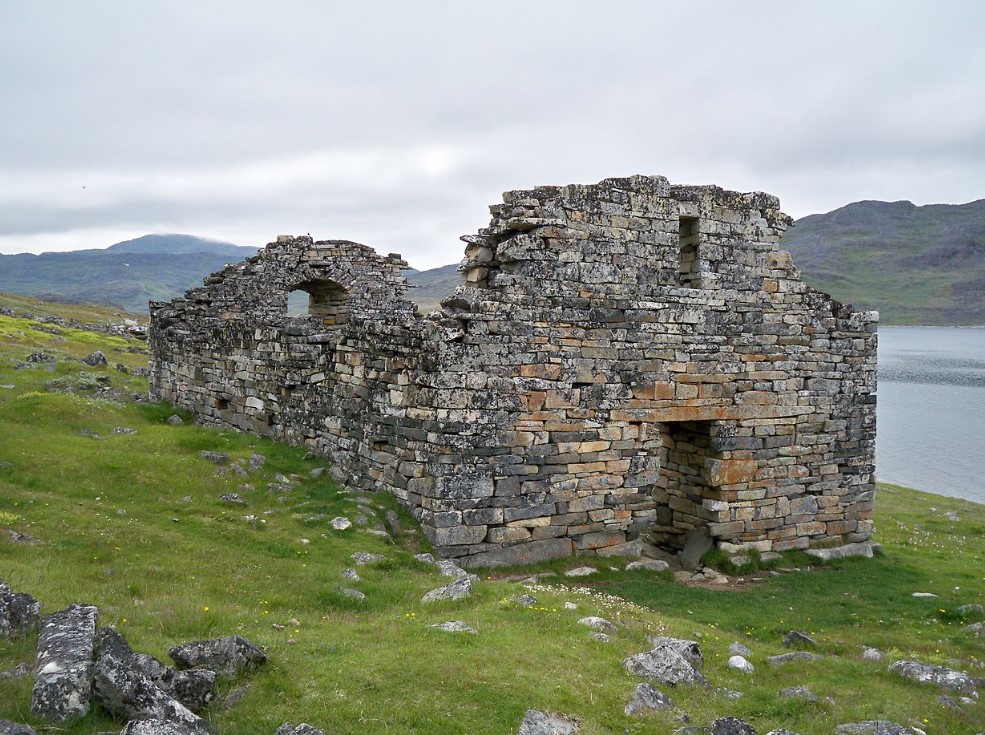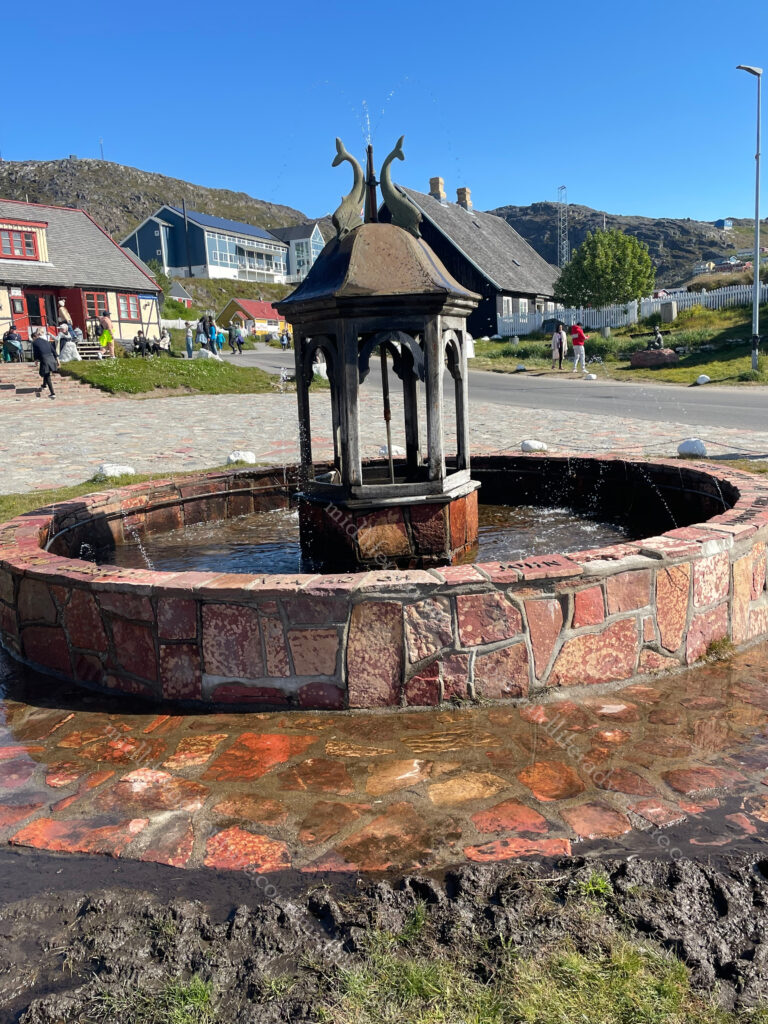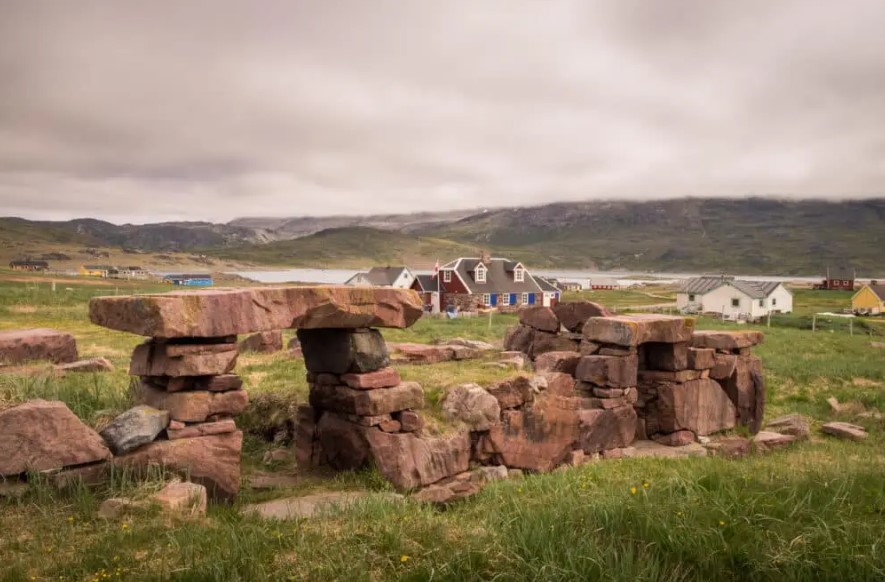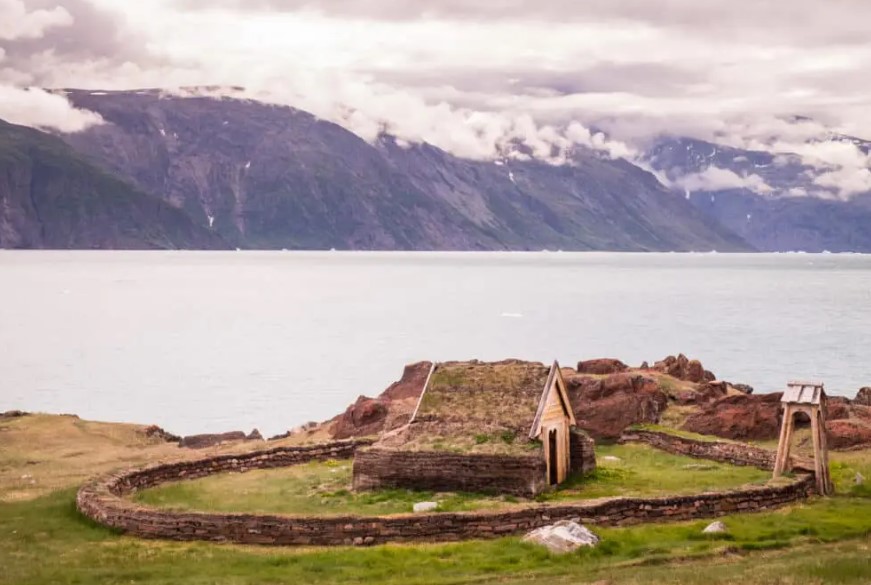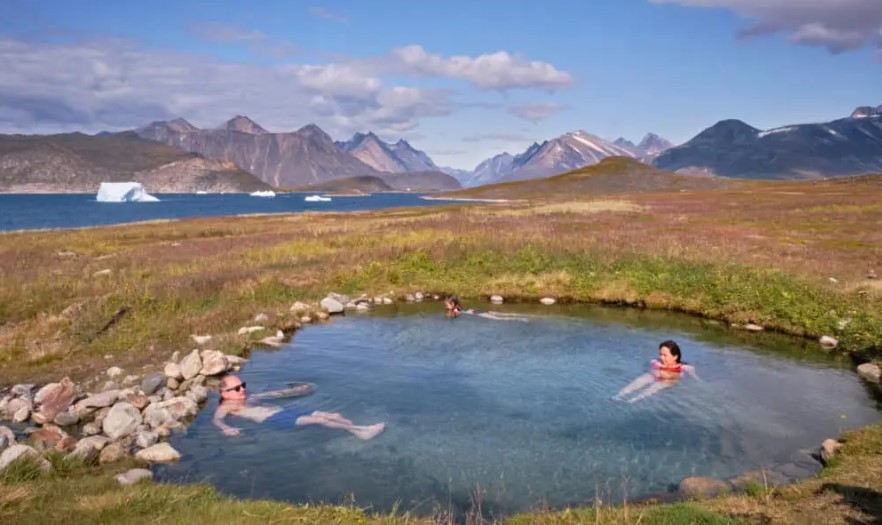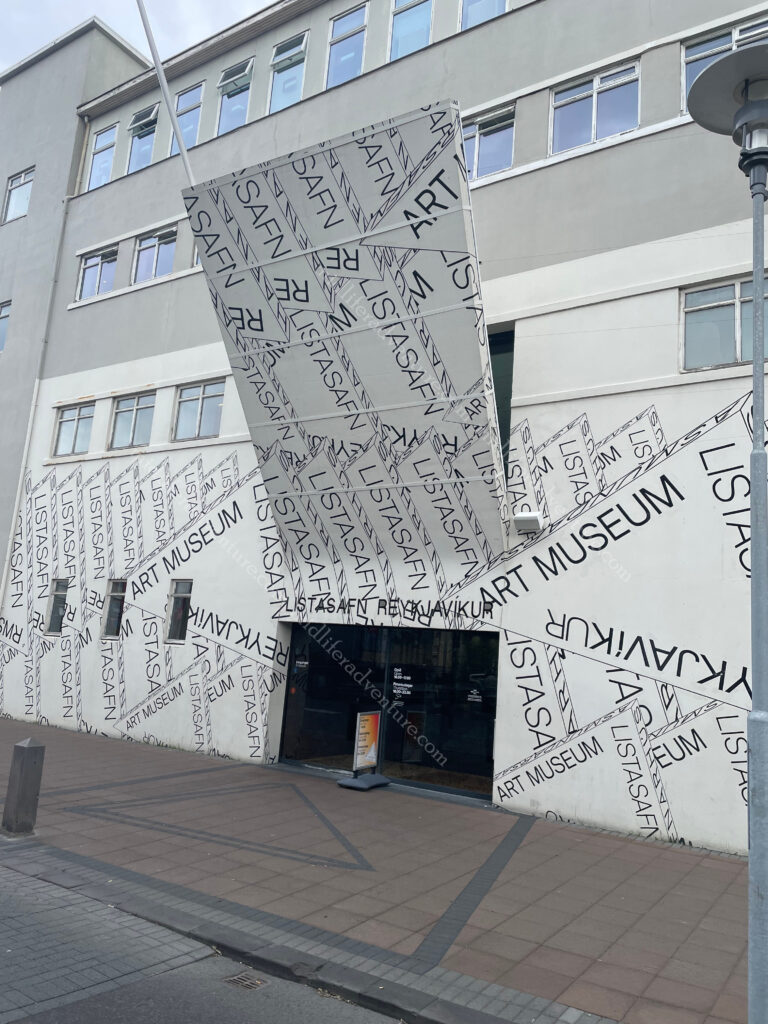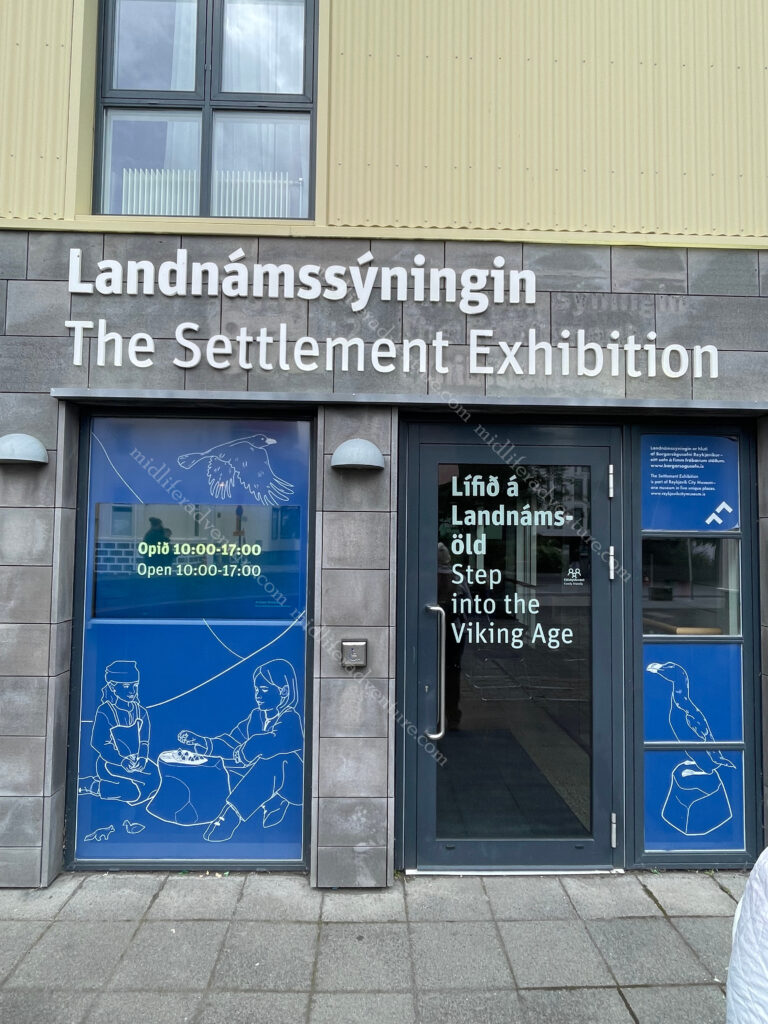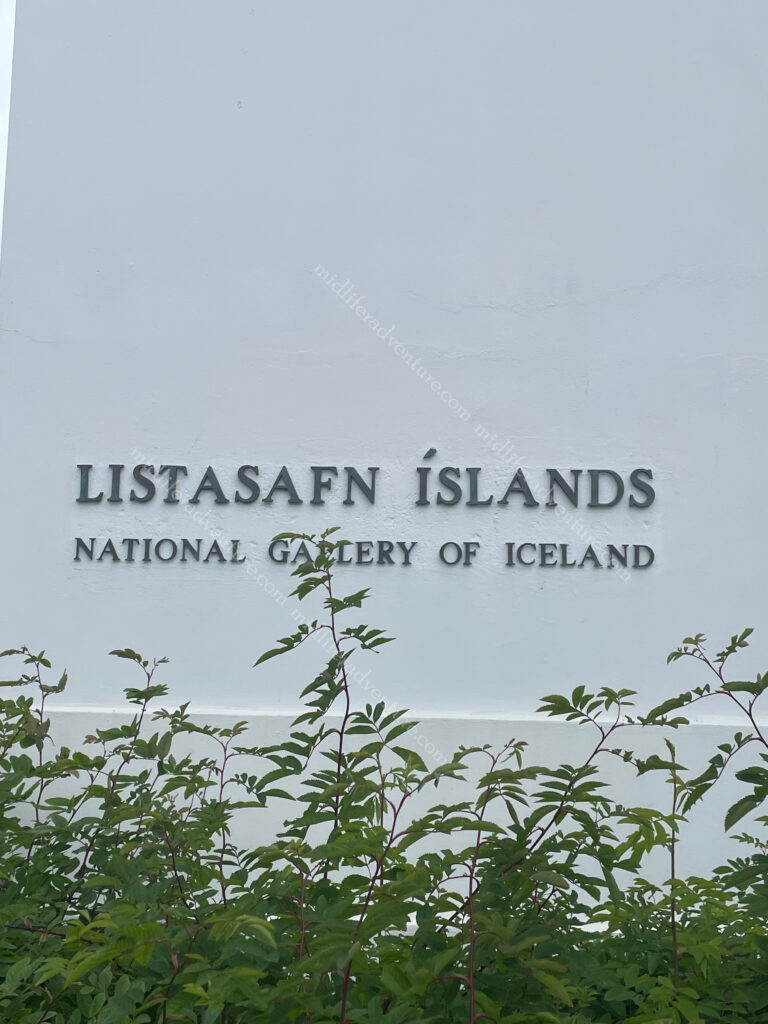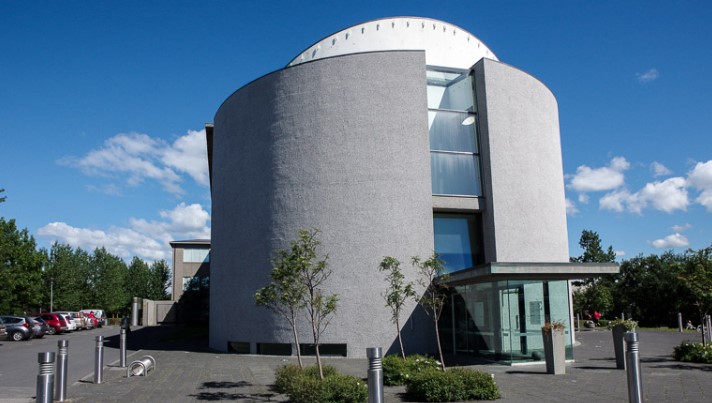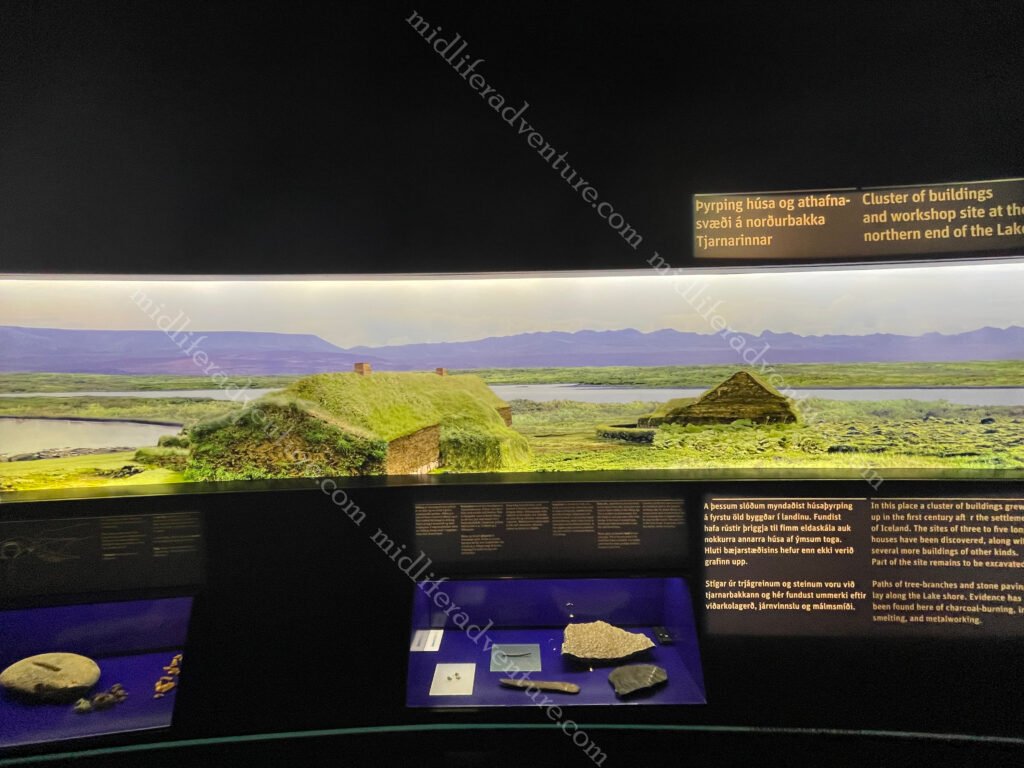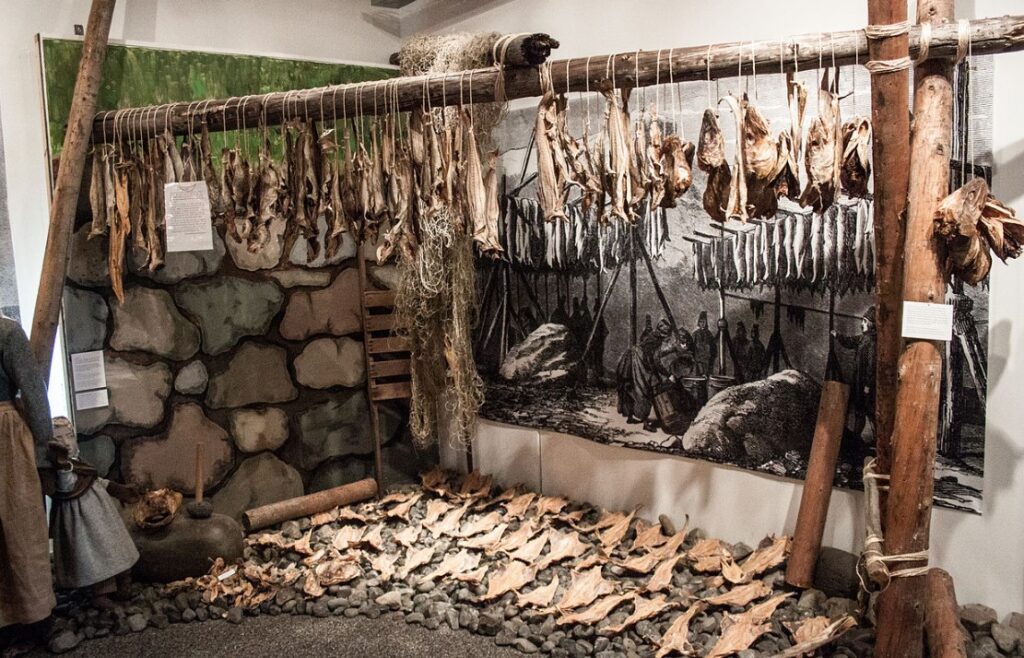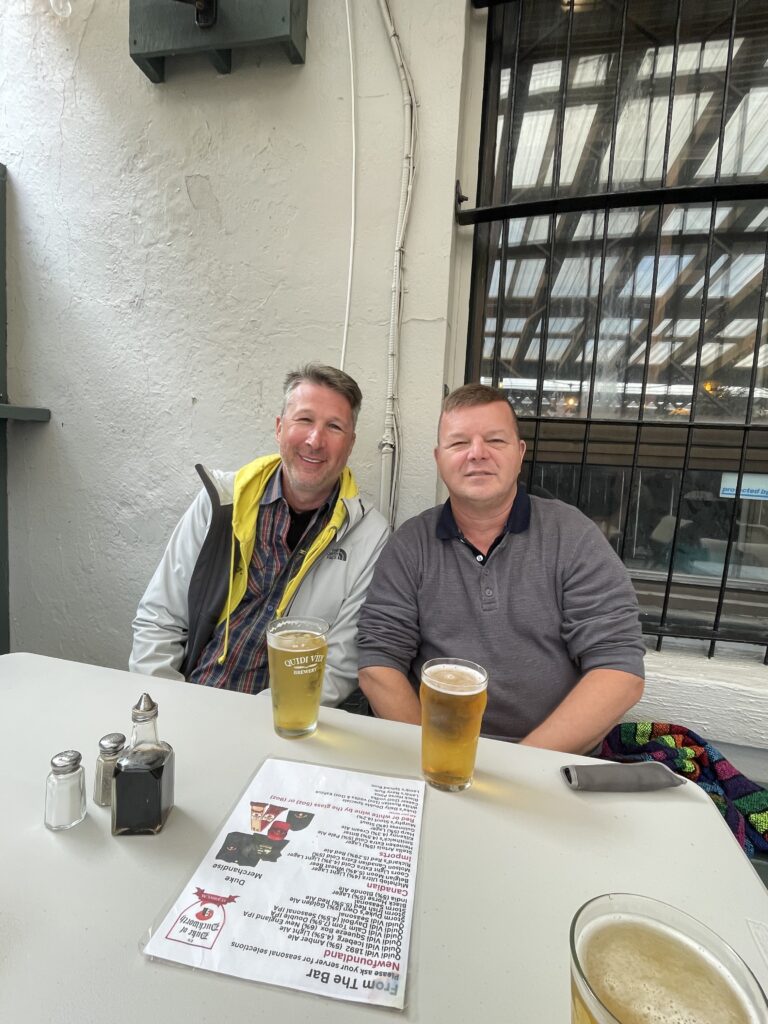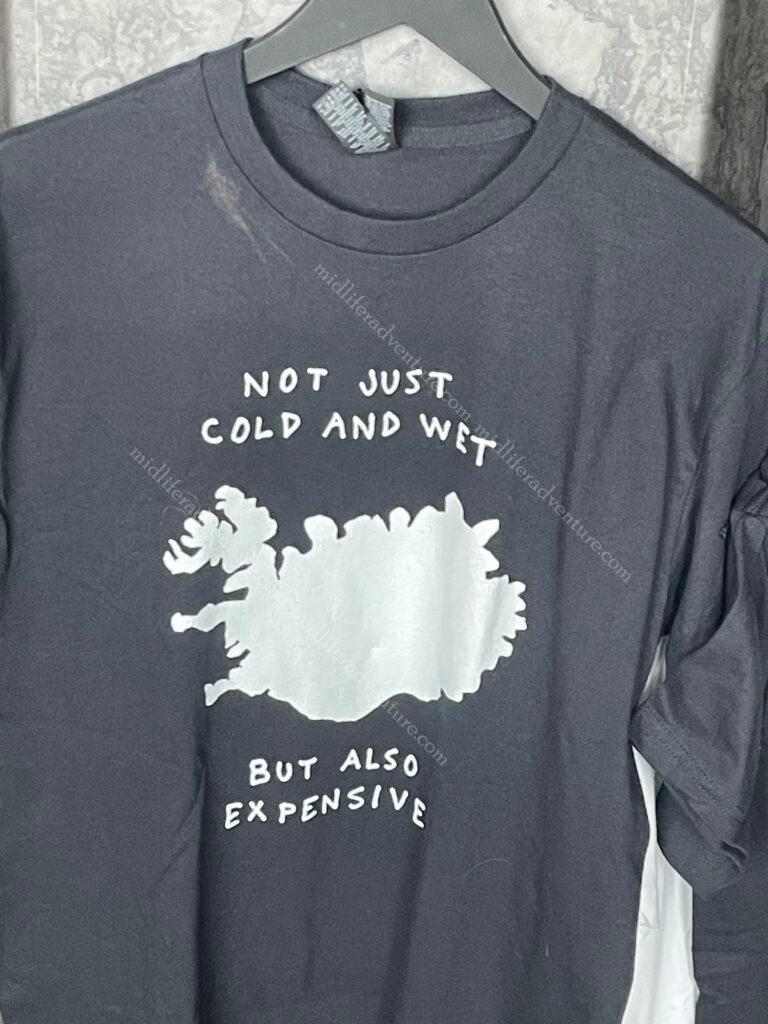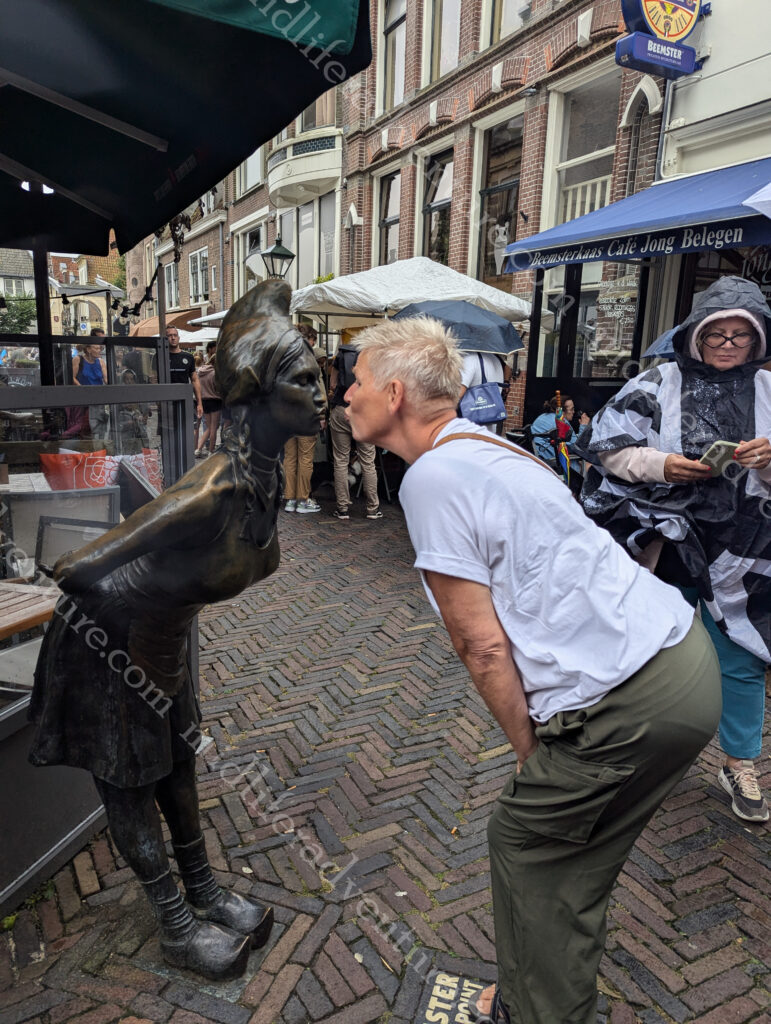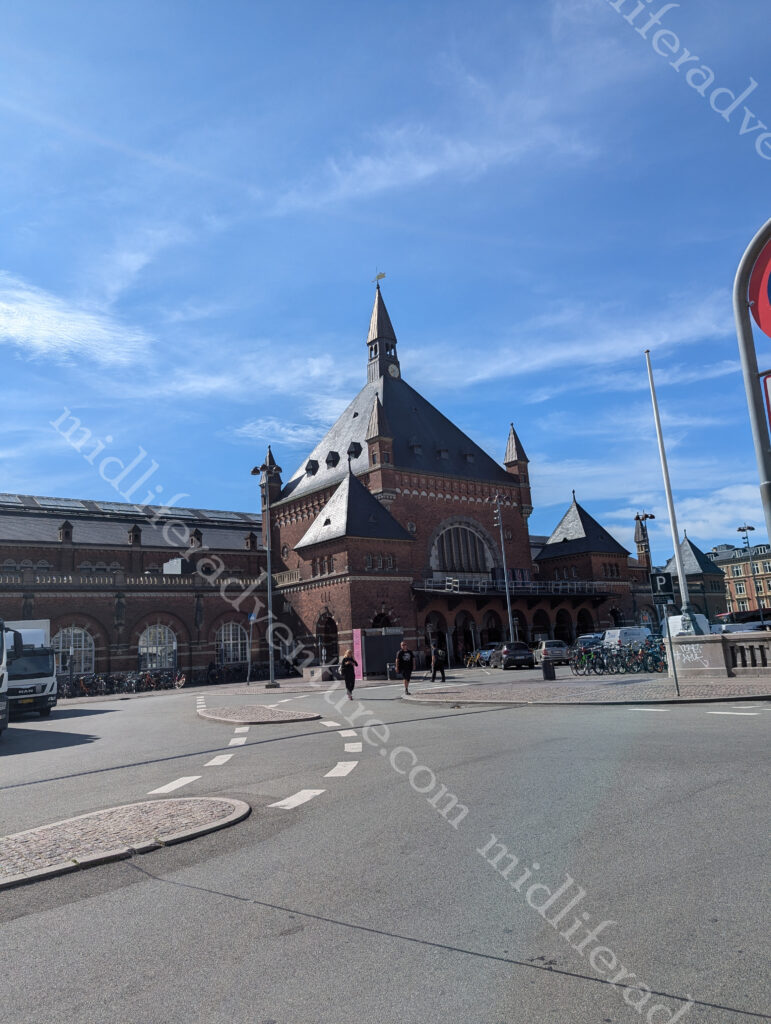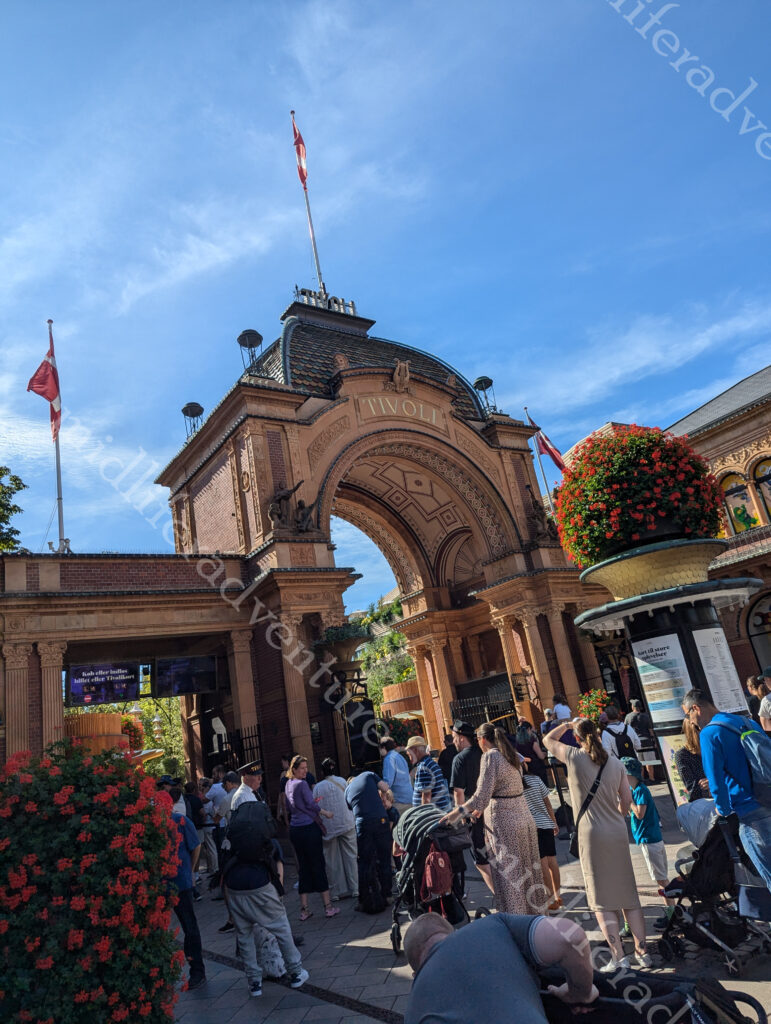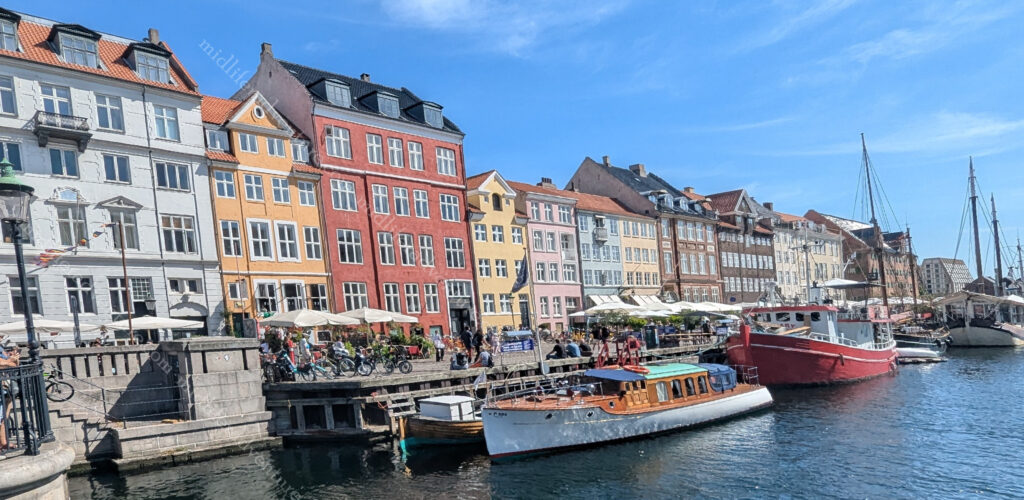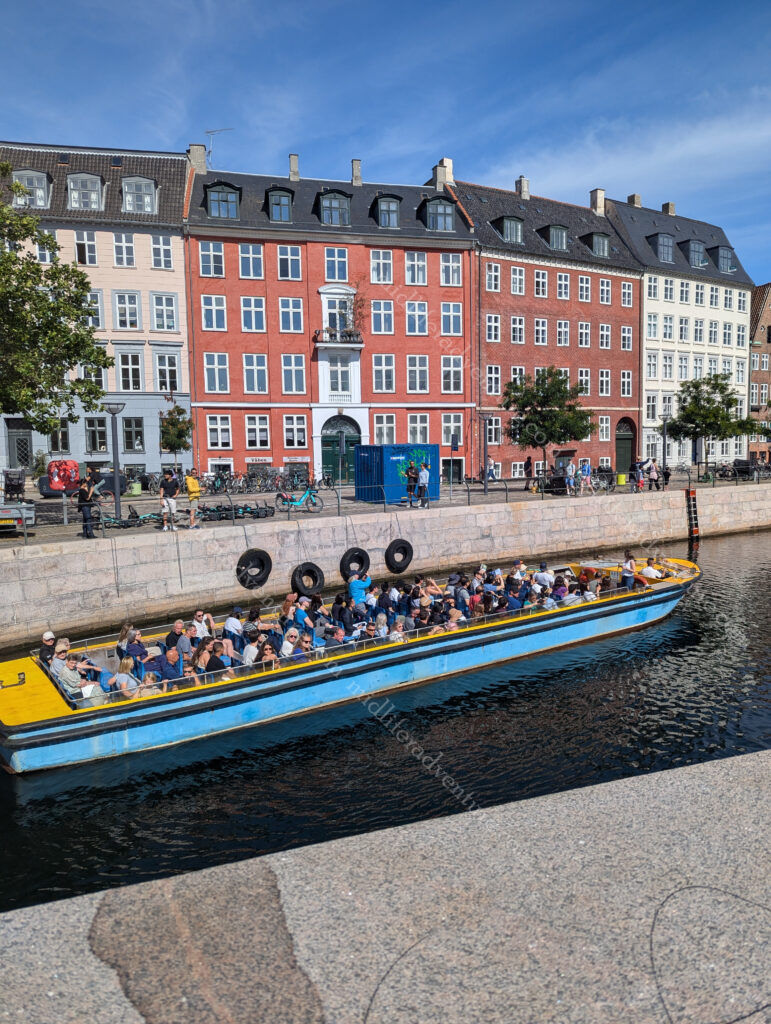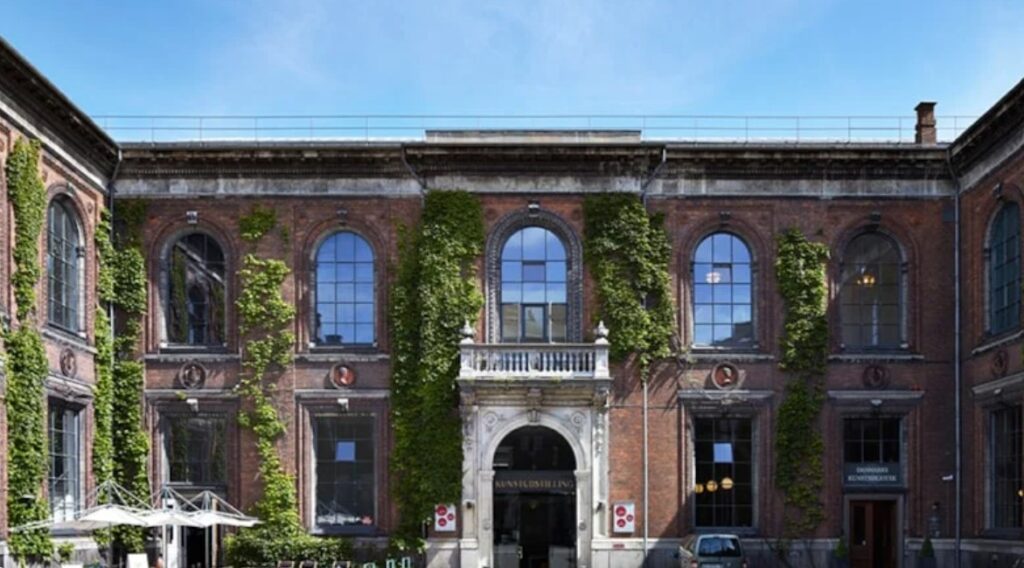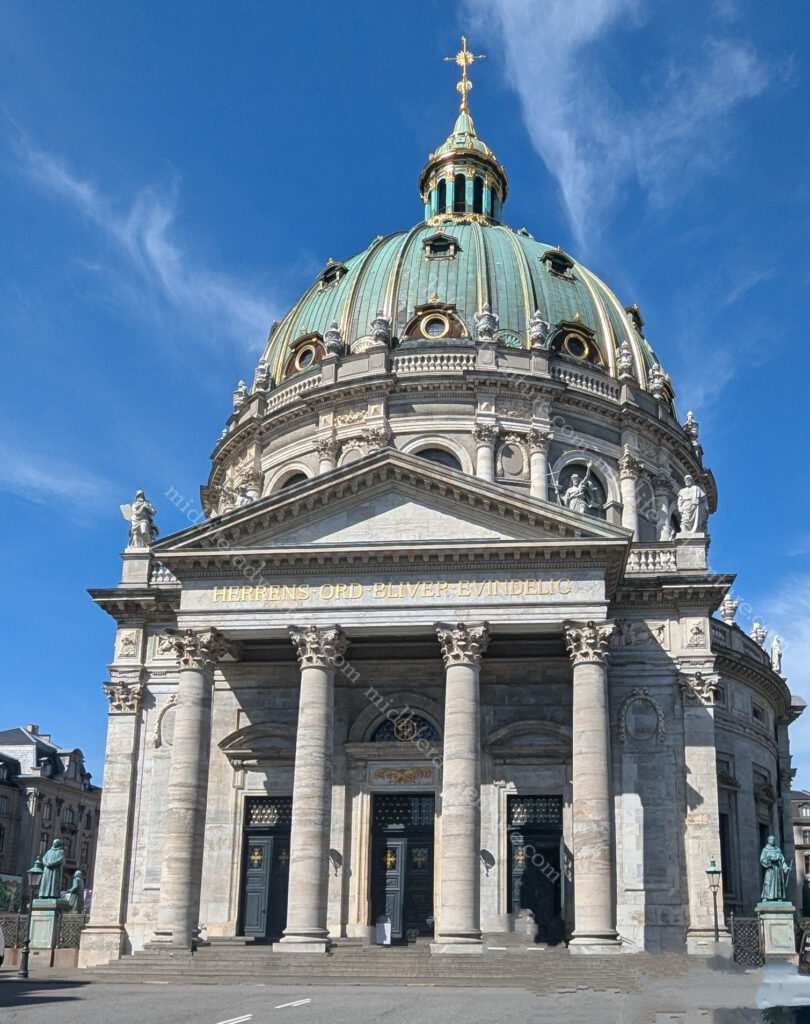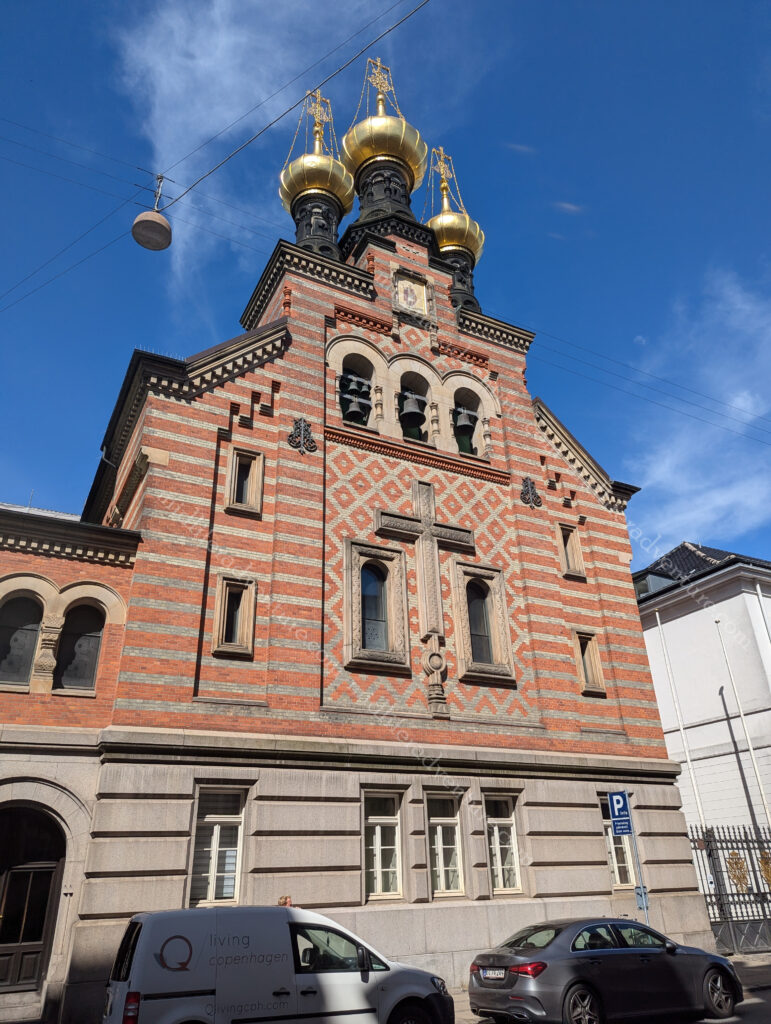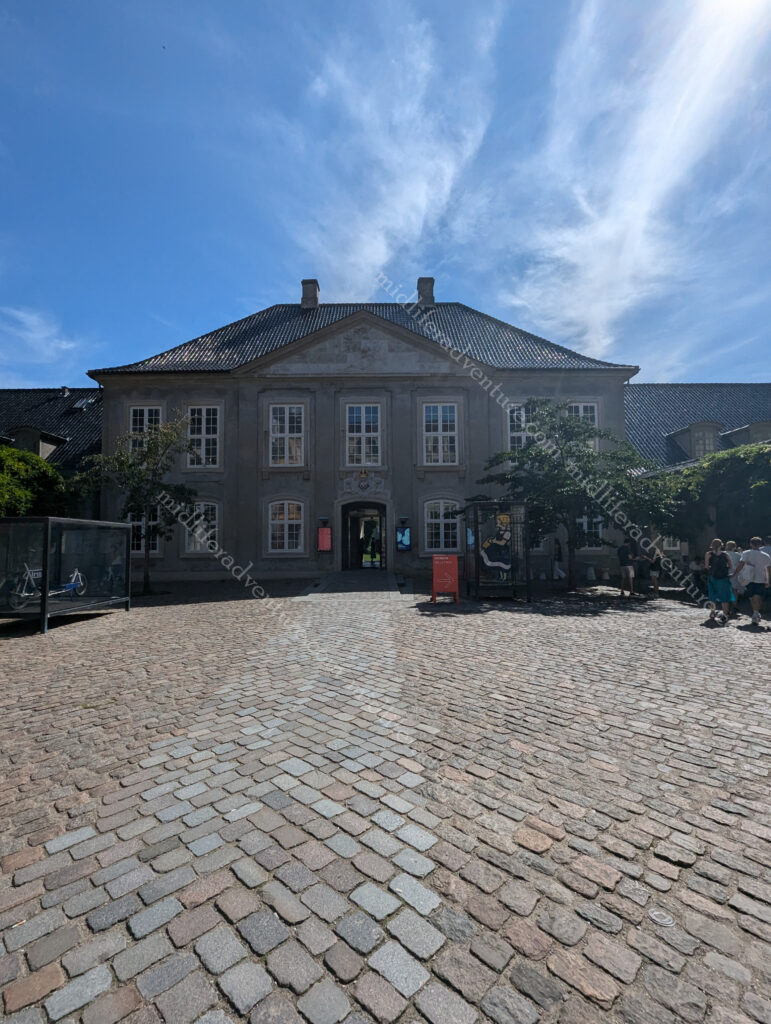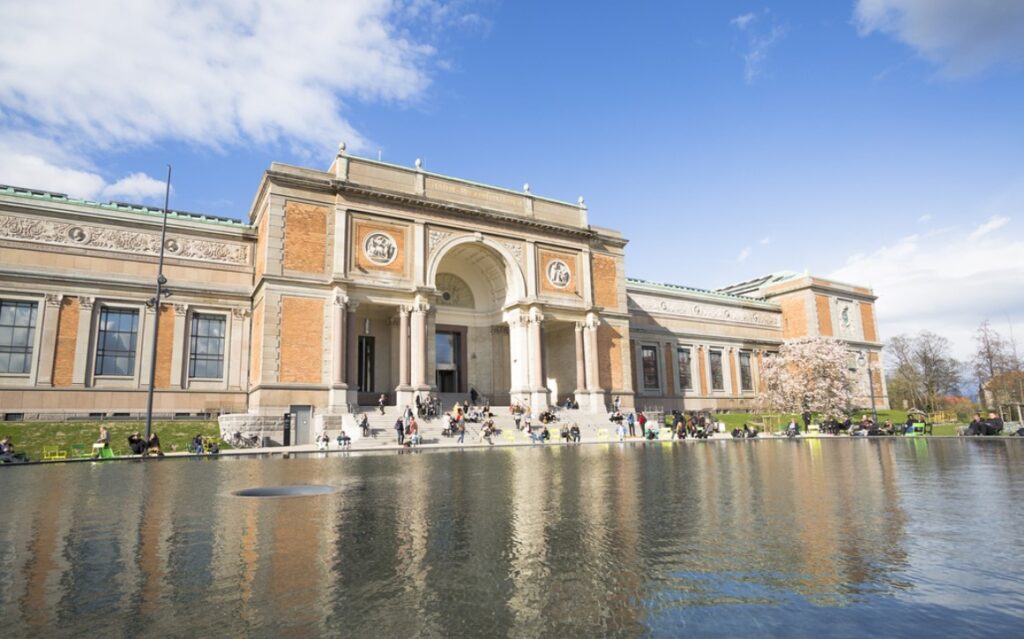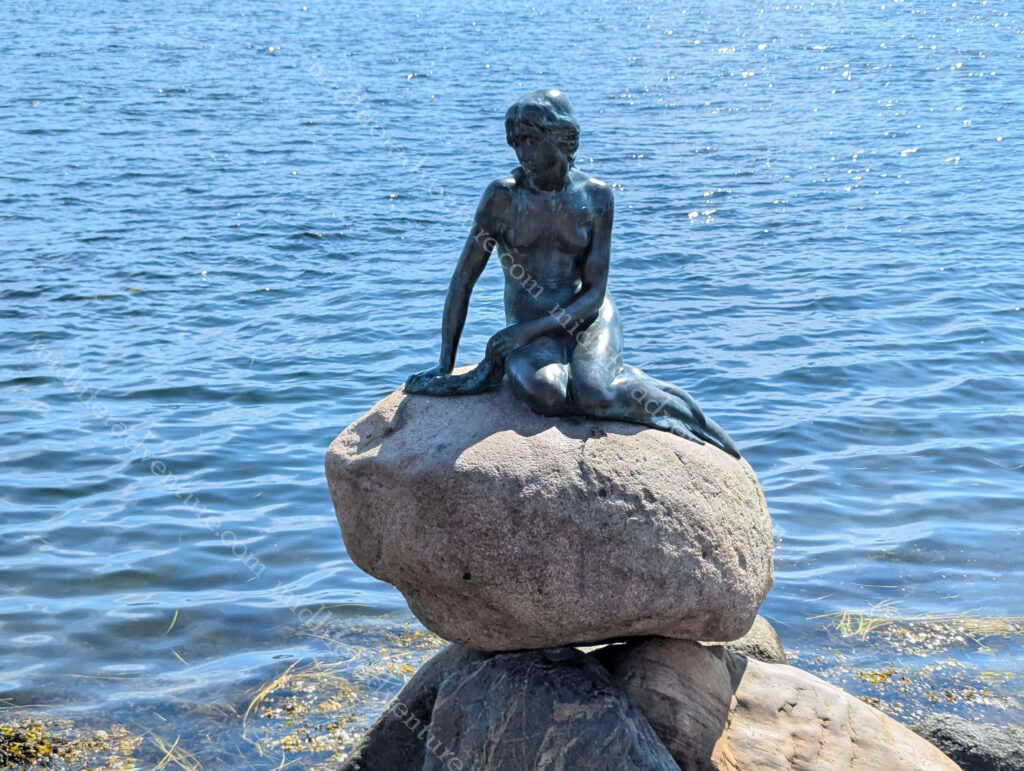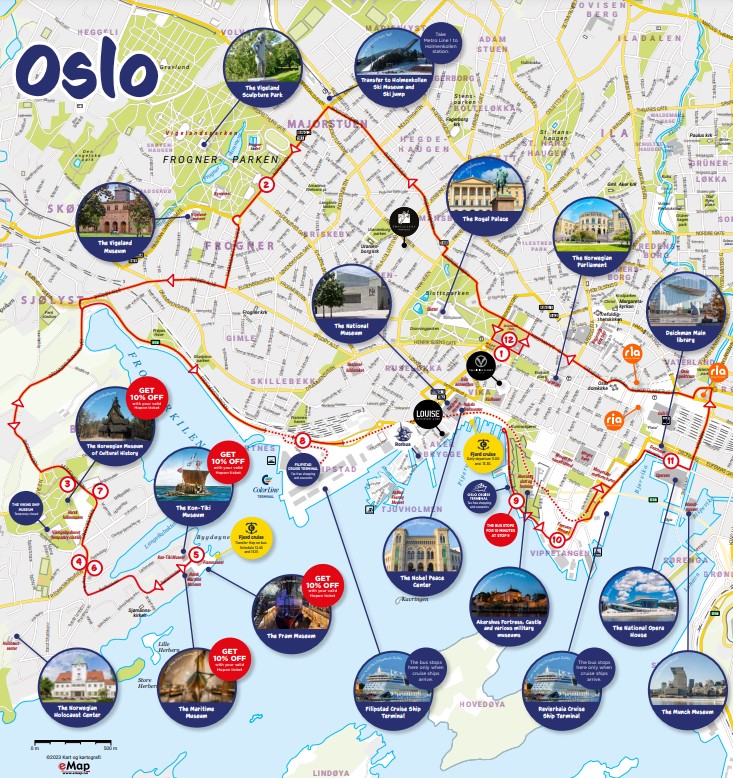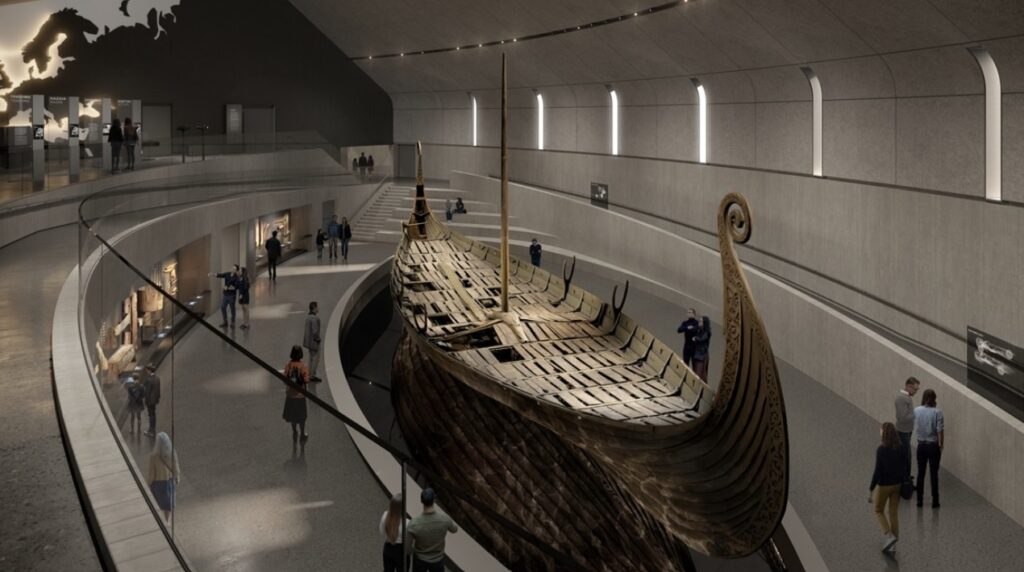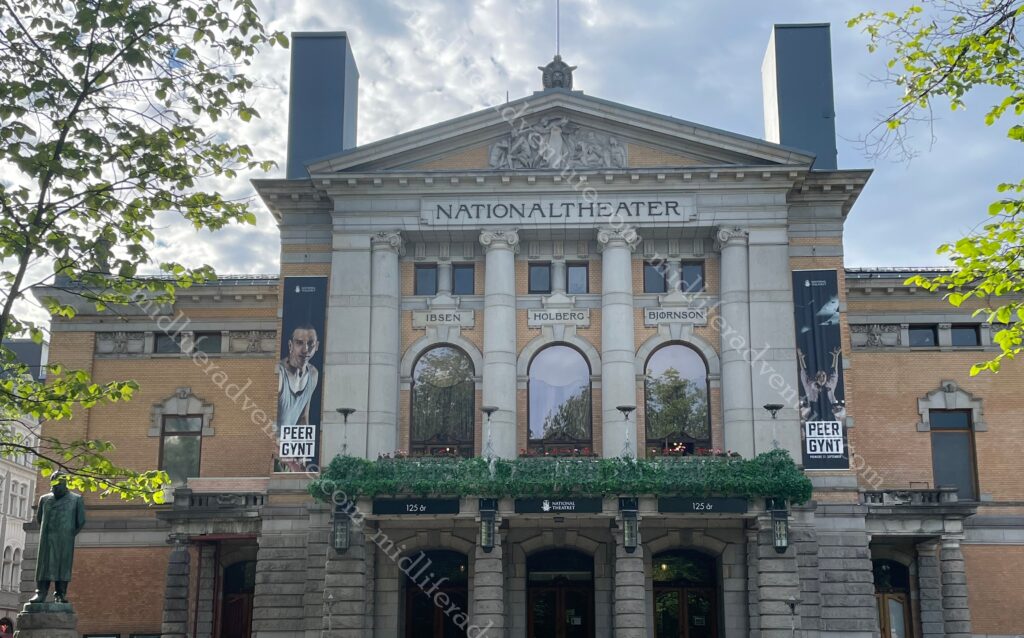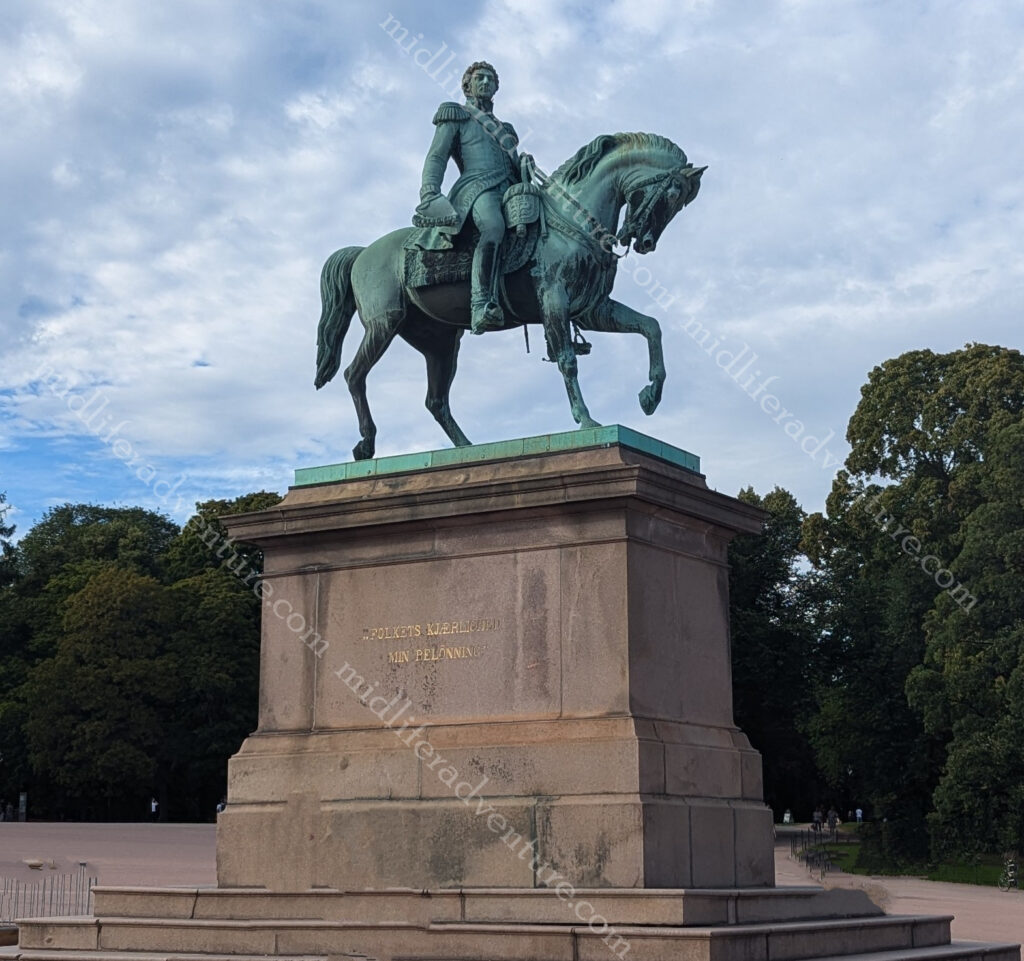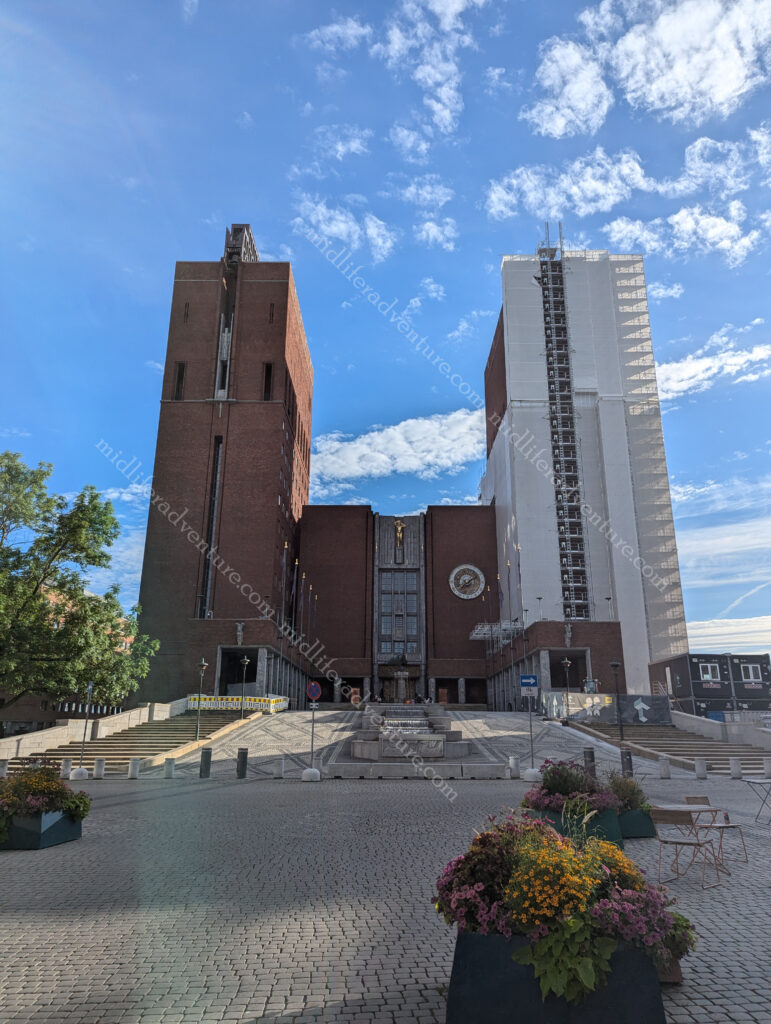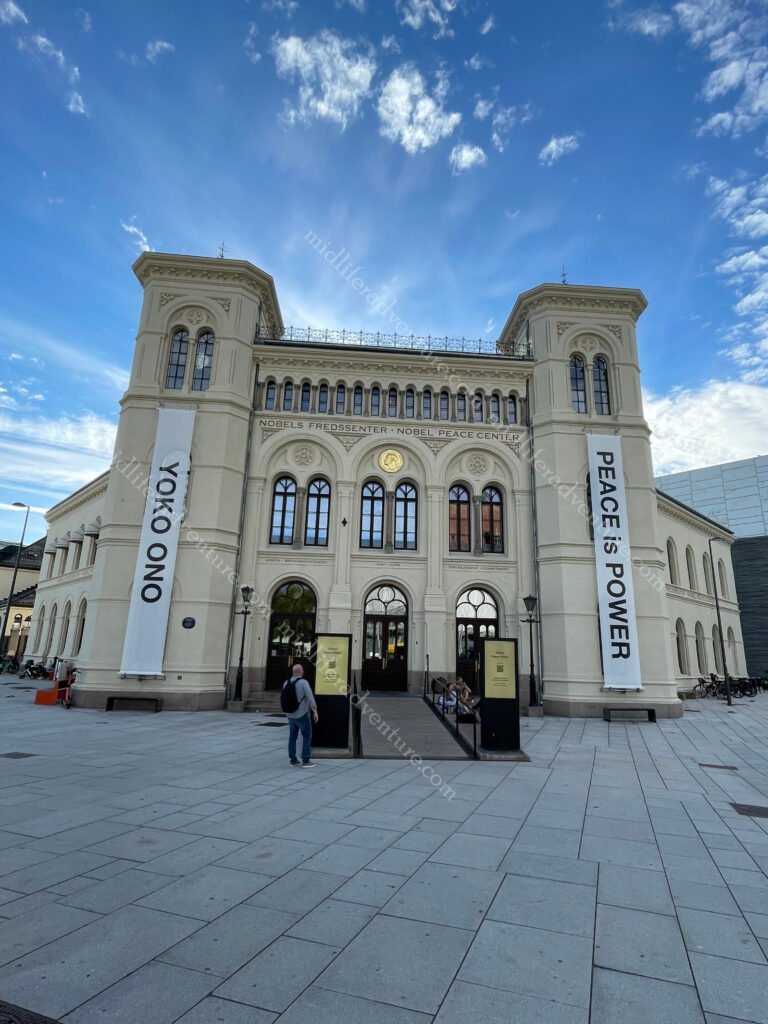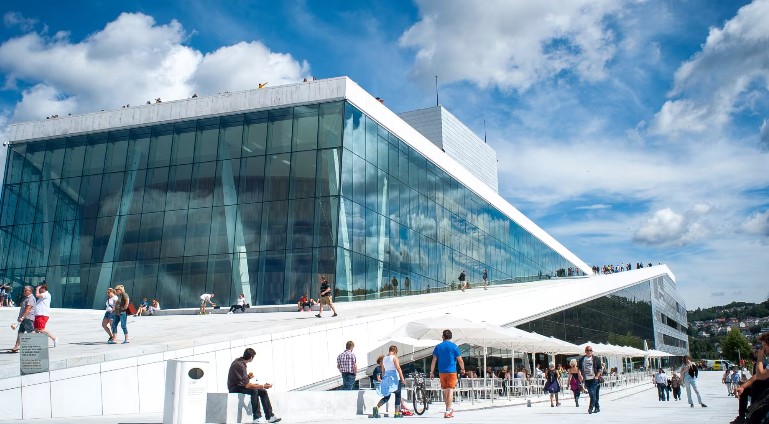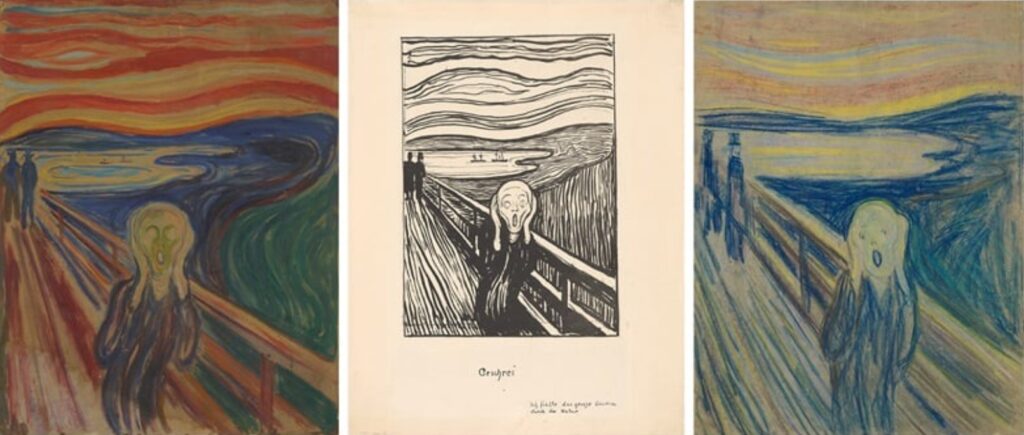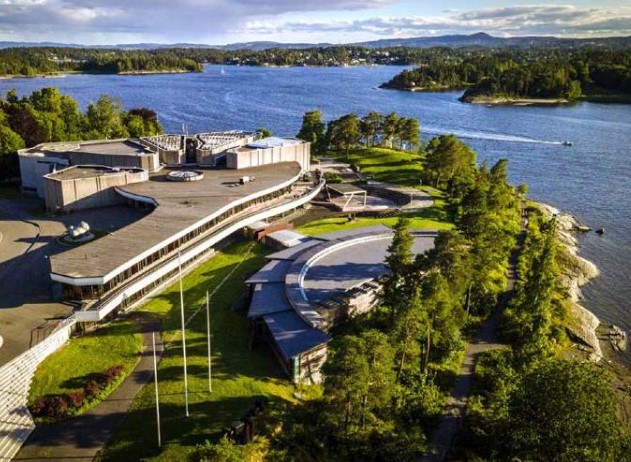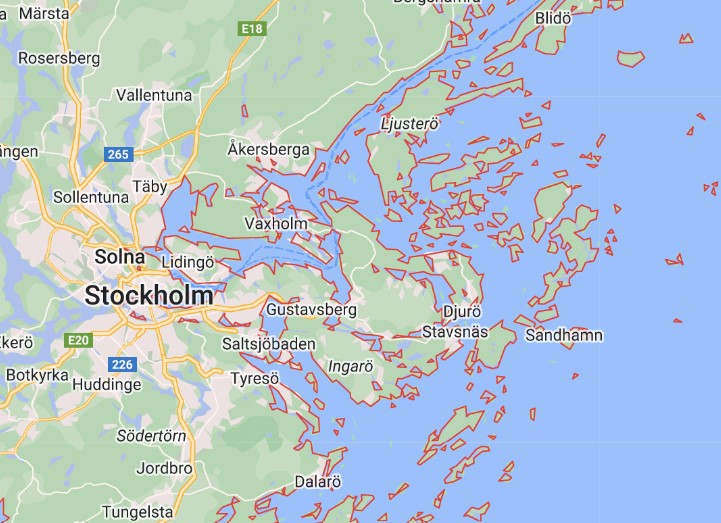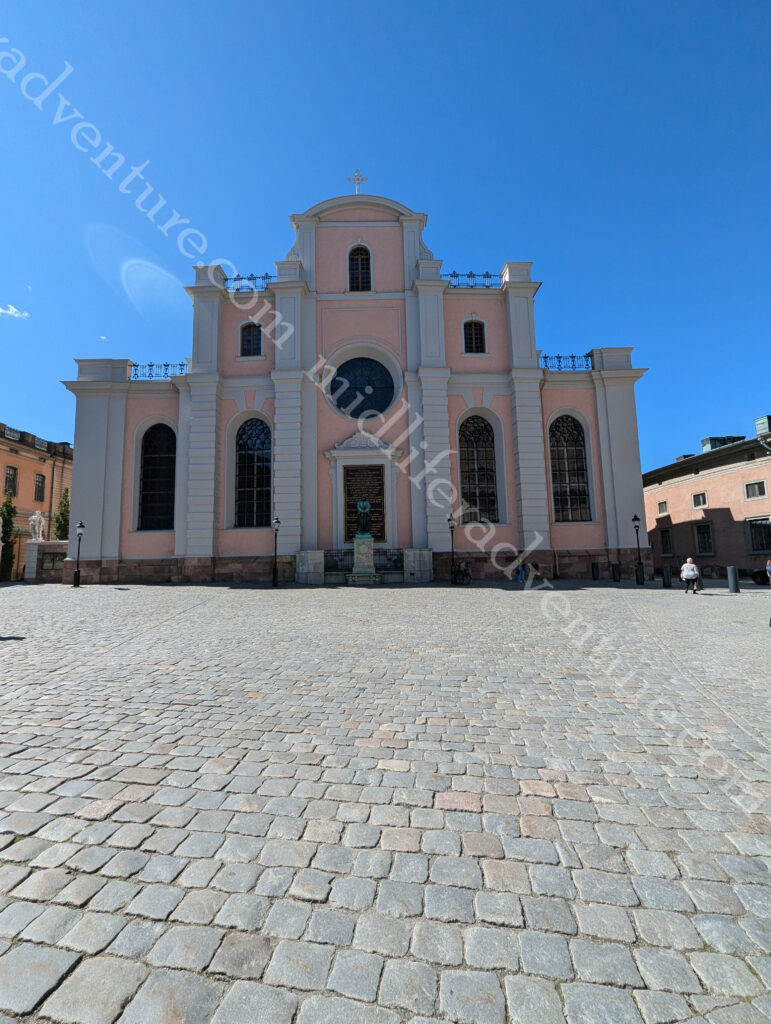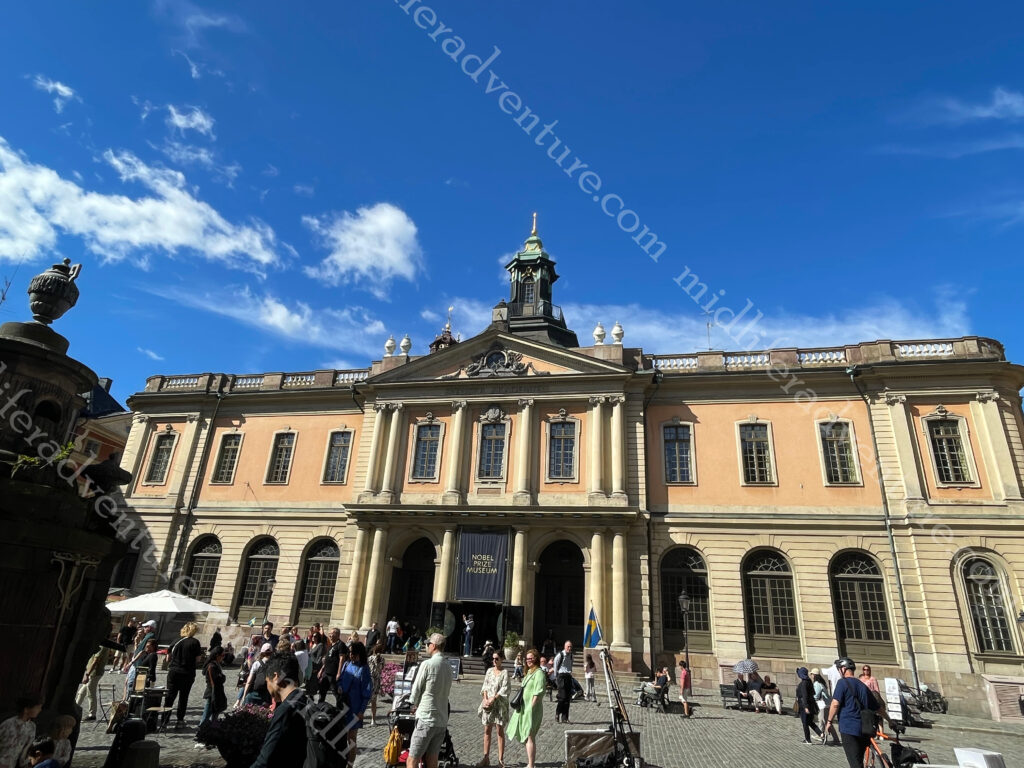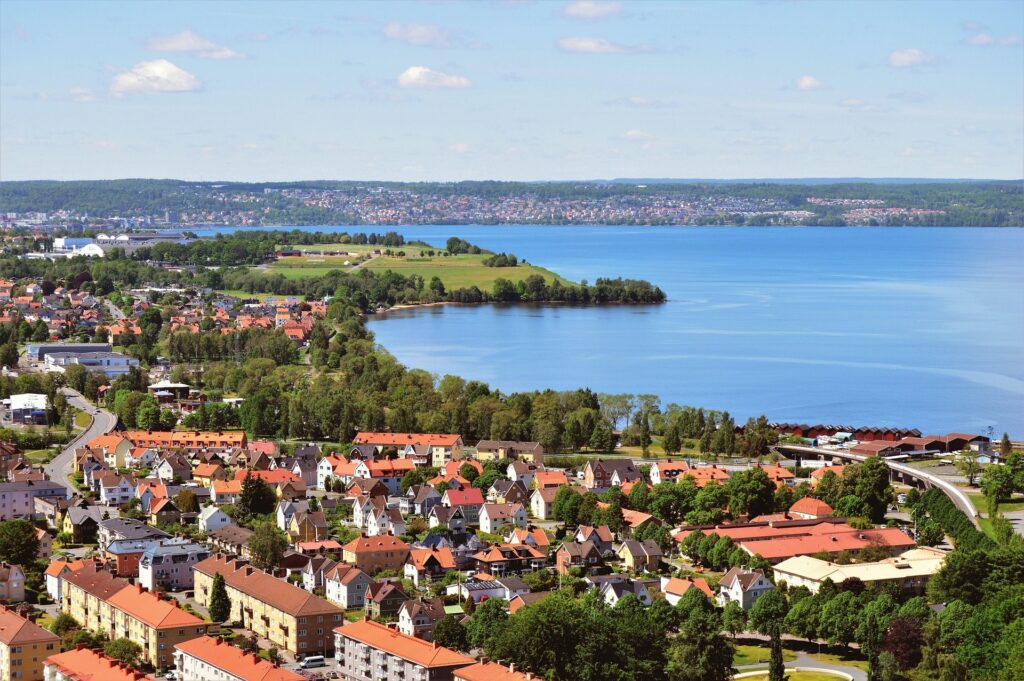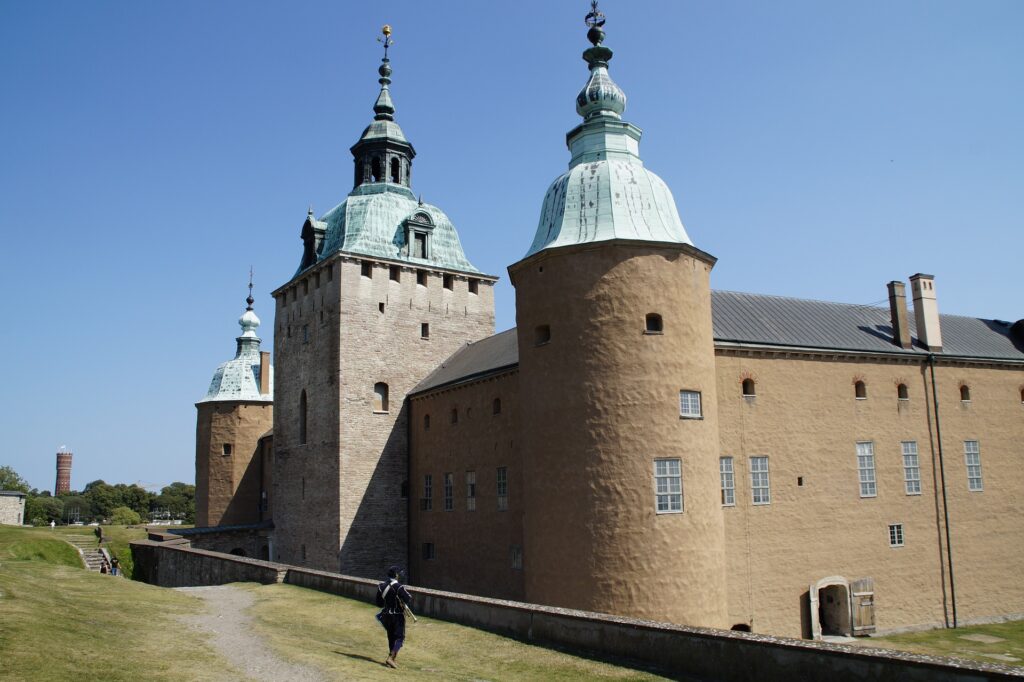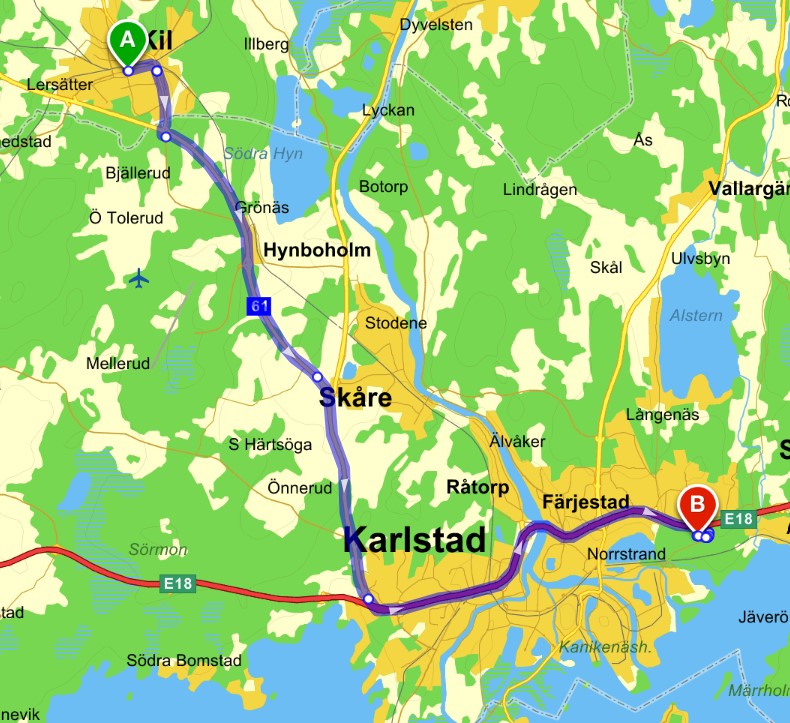Florida’s Space Coast
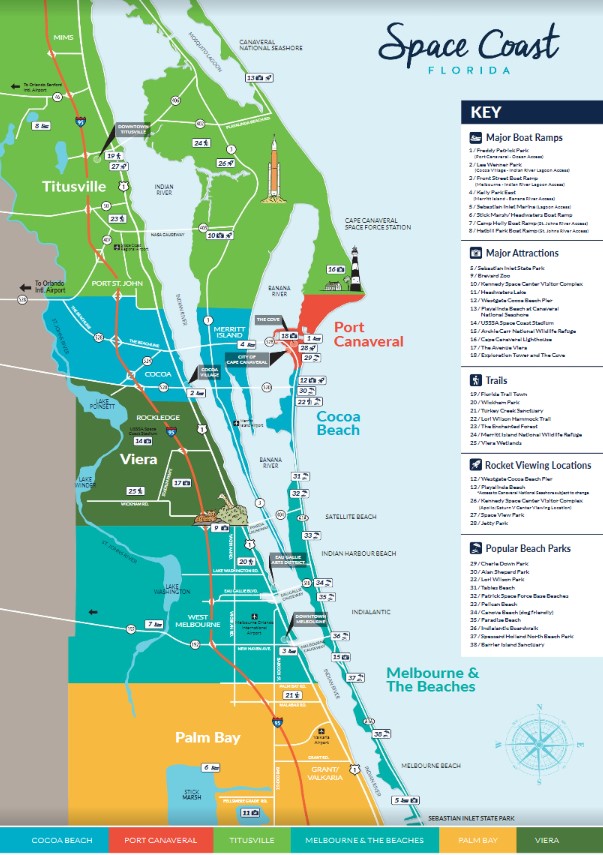
Florida’s Space Coast is a stretch of land that runs almost 120 km (72 miles) taking in a range of beach communities. All American space launches carrying NASA astronauts have departed from here.
For us, it felt almost exactly like a carbon copy of what the Gold Coast of Queensland looked like back in the 1970’s and 80’s (before the wall of high rises took over.
We stayed at a place called Cocoa Beach, about 24 km south of the space centre. It had been a small town since the 1920’s but had its major population growth during the 1950s-60s when it spiked 1000% as a result of the US space program. Cocoa Beach was the setting for the 1960s sitcom ‘I Dream of Jeannie’, although no episodes were actually filmed there.
There is a main highway running along the middle with a couple of blocks of 1-4 storey buildings fronting the beach. The larger buildings are the start of major tourist developments, but thus far have been staved off, meaning the place has kept an old-world charm.




On one of our cruises, we met a couple of sisters (Iris and Lee) from Florida, who we stayed in touch with over Facebook. When I posted that we were headed that way, Iris reached out and the next day they came and picked us up from our hotel and amused us thoroughly over the afternoon.
The first stop was to the infamous Walmart, for a shopping experience of a lifetime. Jill bought a huge (50oz) sippy cup and I got a couple of stupid logo shirts.
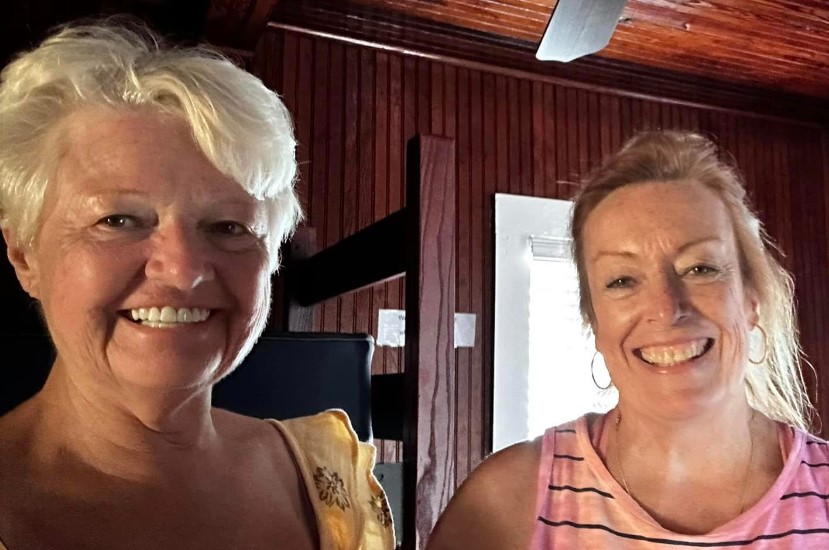
From here we were off on a local’s tour of the area. This saw us having lunch on the docks, cruising the beaches, sipping beers at some local beachside bars and getting key lime pie from a famous venue. Apparently, the key lime pie place has a 5 foot 11 inch, blind alligator (Sweetie) out front on the weekends (we were there midweek). Sweetie was sworn in on August 22nd, 2020 by Brevard County Sheriff Sheriff as a Deputy Sheriff.









Port Canaveral
Port Canaveral is a deep water port in central Florida that tries to serve as the Central Florida maritime gateway for the import and export of consumer goods. Despite this, 80% of the Port’s revenue is generated from the cruise business. This ensures that it has state-of-the-art facilities to service even the largest and most sophisticated cruise ships. that now homeport or make a port call for the day.
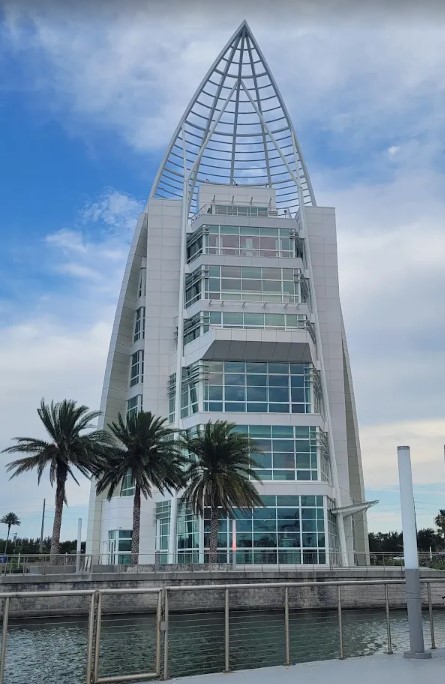
Entry to the port is past the Exploration Tower. This is a 7 storey structure with educational setups on each floor. These are both marine life and space-related (go figure).
The top storeys are viewing decks for both the port facilities and also the space launches when they are on.
Five different cruise lines use this area as either a base or a port.
Port Canaveral also has fishing charters and one-of-a-kind, waterfront dining that serves some of the freshest seafood in Florida.
Space launches
The earth rotates west to east and is at its fastest at the equator. To launch a vessel into space takes a lot of energy, so if you launch in an easterly direction from near the equator, you can use this rotation to gain speed, thereby increasing the fuel efficiency of the rocket. Add to this that not all launches are successful, launching from an empty area and into the ocean minimises the danger to people. For all of these reasons, this area was chosen and has served as the primary launching site for NASA since 1961.
Cape Canaveral
Cape Canaveral is a beachside community on Florida’s ‘Space Coast‘. The city lies between family vacationers and cutting-edge space travel technology. It has warm weather (hot and humid) almost all year round, beautiful scenery, outdoor amenities, and one of the largest deepwater ports in the world.


The main attraction for the area is obviously the Kennedy Space Centre Visitor Complex. The complex is organised chronologically using mission names for the various zones – Mercury, Gemini, Apollo, Space Shuttle, and beyond. The centre started in 1963 when NASA allowed self-guided tours and later funding was approved for a full-scale visitor centre.
Today the Complex sits on 42 acres and is America’s front-row view of space travel and its evolution. The centre offers historic artifacts, tours, astronaut encounters, rocket launches, models and simulations of future space travel.




Needless to say, the experience does not come cheaply ($75 USD per person admission), especially if you want to tack on any of the additional goodies. The add-ons are on top of the entry and may include:
- $70 for a launch ticket viewing
- $50 (plus tax) to chat with an astronaut
- $30 Walk on Mars through VR
- $30 weightlessness spacewalk in the Microgravity Simulator
- $150 live and work on Mars (simulator)
Being so close to Cape Canaveral, the first thing we did was to google a launch schedule, only to find that the official NASA site listed no launches in the time we were there. Enter our saviours, Lee and Iris. They pulled up the Space Monkey site which lists all launches and not just the NASA ones. Lee pulled it up on her phone and found a launch taking place at 4:52am the following morning. We would have missed this all together.
Just as importantly as finding the launch, she talked us through what to expect. This proved critical as we would have left after the initial launch and would have missed the best bits.
For anyone reading along, this was a truly amazing experience, and both Jill and I want to come back to see more.
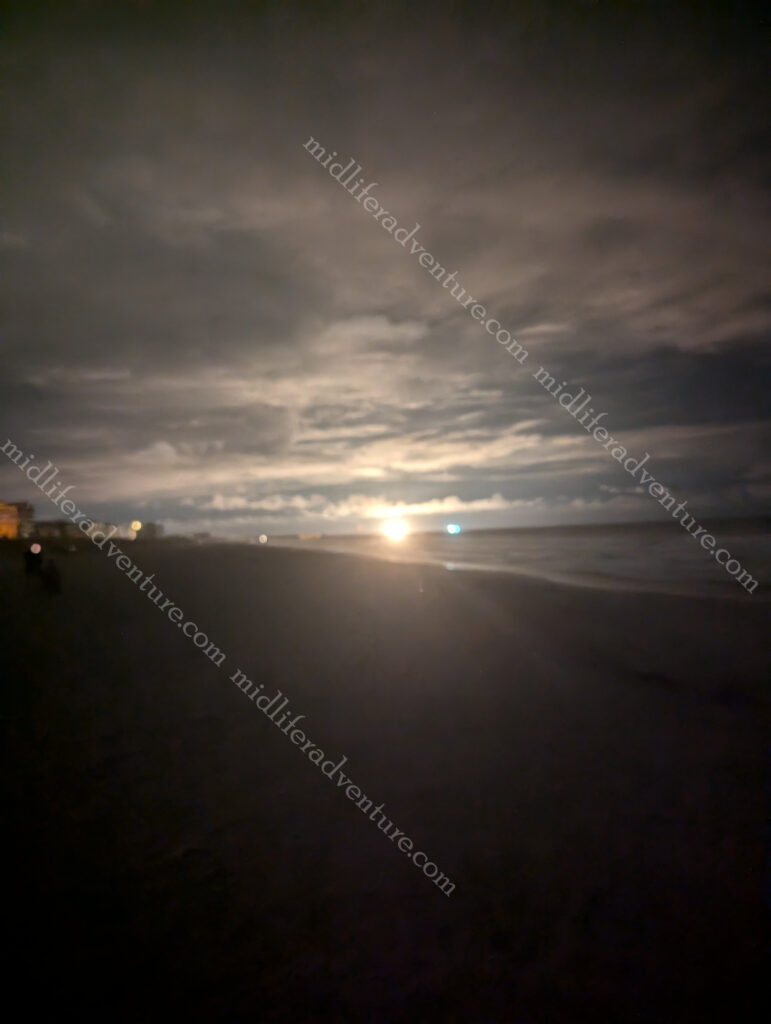
We wandered out of our hotel and walked down to the beach, before the scheduled launch time. From a totally free ($$$) spot on the shoreline, we stared at some flashing lights that we guessed would be the launch site.
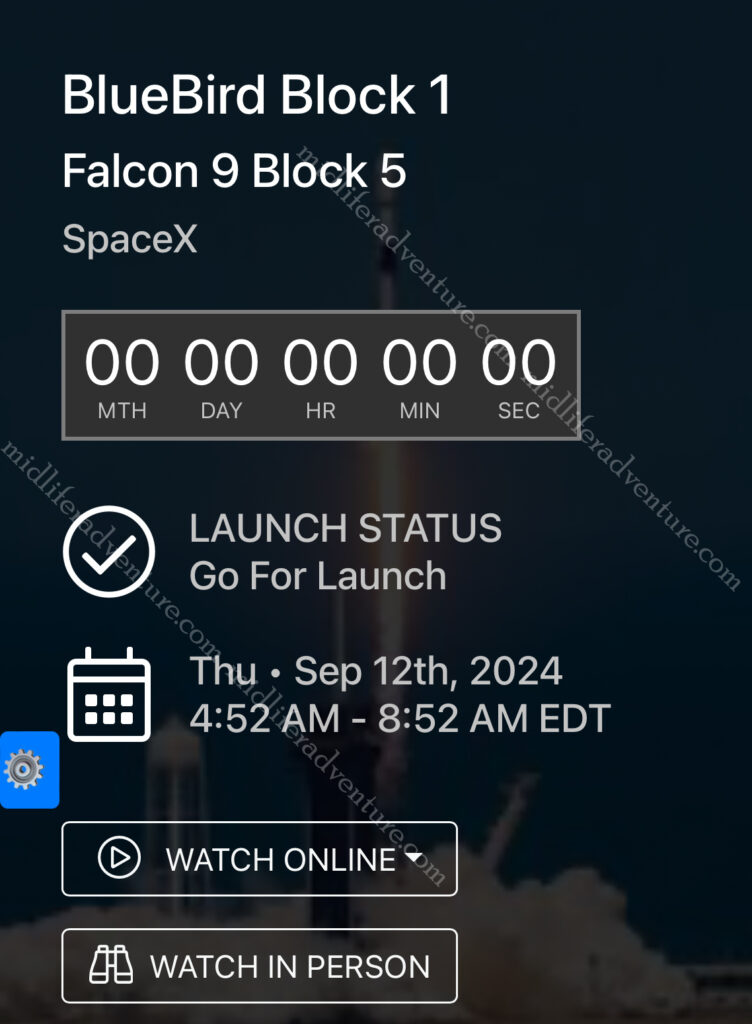
All of a sudden the entire sky lit up as a ball of flames slowly rose from the earth.
It disappeared behind some clouds, reappeared and then disappeared out of the atmosphere.
At this point I would have thought that it was all over, but Lee and Iris told us to wait.
About 3 minutes after the light show ended, this low rumbling noise started to grow until your entire chest was rattling at the noise of the rocket (physics in action – light moving faster than sound etc).
After this you would think it was done, but no, keep waiting.
After about 7 minutes the booster rocket detaches from the rocket and reenters the atmosphere as a flaming, plummeting fireball.
Once again, it was time to go, but no. About a minute later the sonic boom from the booster rocket shook you to your very core.
Oh my, what an experience.
Having done all of this, the show was finally over and it was safe to go.
I cannot express just how good an experience this was.
I want to come back and do it again, and again.
From June to October, the waters of the Mosquito Lagoon, Banana River, and Indian River Lagoon come alive with bioluminescence – light produced by chemical reactions in the bodies of living things.
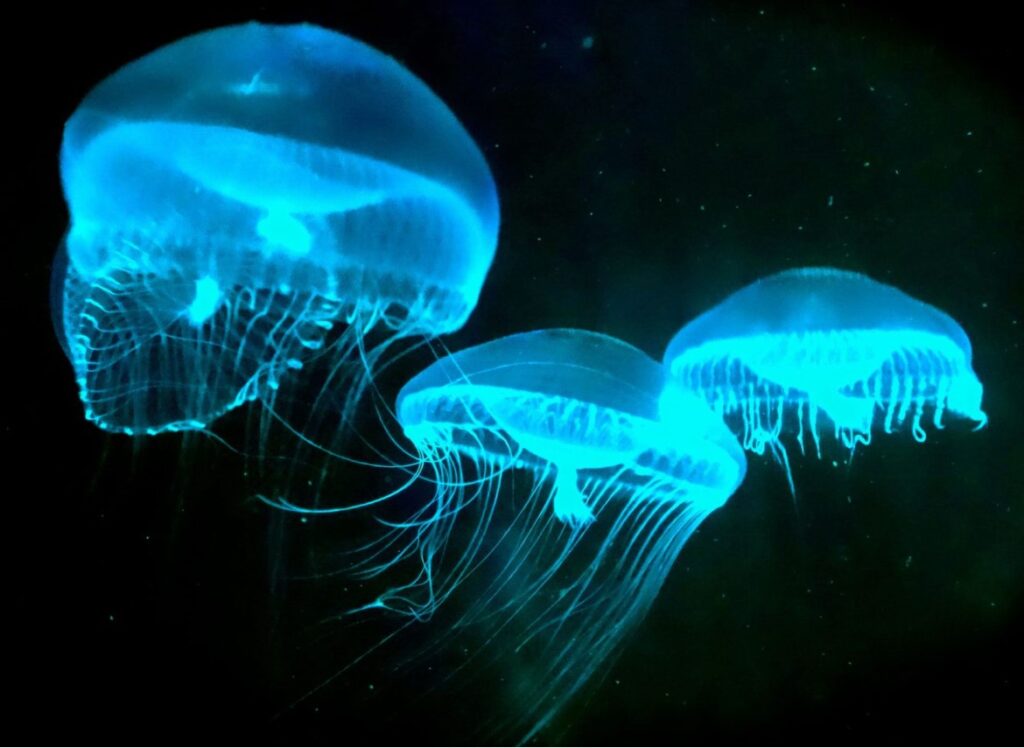
Glittering dinoflagellates and pulsing Comb Jellies, create mystical light shows that you can see for yourself via kayak excursion. Structures within these algae ignite with light when disturbed. This acts as both a shield against predators and a lure for prey. But as kayakers slice through the night water, their movements spur the dinoflagellates to burst into light.



Orlando
Only 45 minutes away is the major city of Orlando. Cited in the heart of central Florida it is mostly known as the home of the theme parks (there are over a dozen here). There are four theme park resorts in Orlando over a dozen different theme parks and sub variations.

- Walt Disney World Resort Theme Parks is the largest theme park resort in America. It has four theme parks (Magic Kingdom, EPCOT, Disney’s Hollywood Studios, and Disney’s Animal Kingdom), includes 22 hotels, and two water parks.
- Universal Studios features four theme parks (Universal Studios, The Wizarding World of Harry Potter, Universal Islands of Adventure, and Volcano Bay) along with a Water Park and eight hotels.
- SeaWorld has the usual marine attractions, rollercoasters and other theme park rides.
- Aquatica – another water based zoo
- Fun Spot America – all rides
- Icon Park (including the SEA LIFE Orlando Aquarium)
- Magical Midway Thrill Park – rides
- Gatorland – 3 guesses
- Dinosaur World – 3 guesses
- Safari Wilderness – and about 4 other zoo style parks as well
- Legoland
- Peppa Pig Theme Park
- Tank America – drive in a tank and run over cars.
We looked at attending one of the theme parks but on closer examination, it would have cost us the better part of $1000 Australian for a one day pass to one of the major theme parks. Neither of us really being that much into rides, and having seen so much of the world already, we chose to keep our cash and pass on the parks.
I am certain that they would have been entertaining, but in your 50’s the idea of seeing Mickey Mouse is not as interesting as it may have once been.

